This Sony PS-8750 is easily one of the most beautiful turntables I’ve had the pleasure of working on. Come with me as I repair, service, upgrade and review this stunning deck.
There really isn’t much more I can say about the timeless beauty of the Sony PS-8750. Sony must have had some amazing design engineers working with them to be able to turn out a piece like this. The key thing to remember is that this deck dates back to 1975…!
Visually, this is close to the Kenwood L-07D as I think one of the best-looking decks of all time. The electronic and mechanical design elements are also very strong, as you’ll see as we dive into this repair.
Before you go further, check out the detailed video I made covering my service, repair and upgrade of the Sony PS-8750:
Features
The Sony PS-8750 was/is a technological tour-de-force, featuring some interesting technologies. You can read about these in detail over at The Vintage Knob. Magnedisc and X-tal Lock are designed to keep the platter turning at the correct speed. This magnetic strip trick was also used by Denon in their decks. From the Vintage Knob:
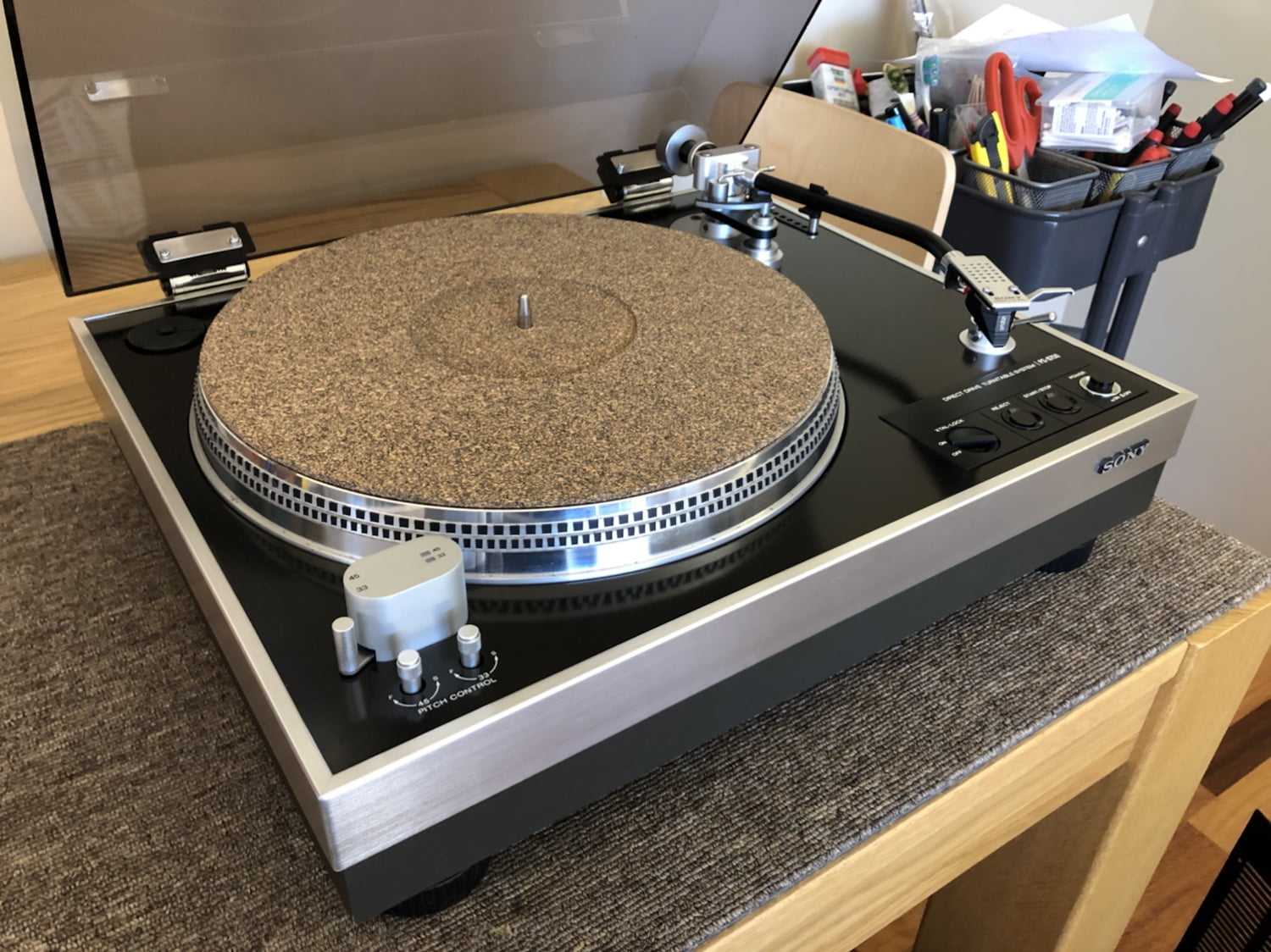
“The X-tal compares the reading of a barium-ferrite magnetic strip printed inside the platter’s rim with a Quartz oscillator to further insure speed stability.”
Sony
The PS-8750 is also fitted with a ‘special’ mat. This mat consists of a thin rubber skin, containing a very thick oil, designed to dampen out vibrations. Sony also fitted the PS-8750 with an SBMC base (Sony Bulk Mold Compound), a proprietary compound not dissimilar to the ARCB synthetic marble Kenwood used in the KD-500/550 and KD-600/650 series of turntables.
The deck has a very high-quality motor-driven arm return mechanism, a big direct-drive motor and a very generously sized transformer. The smoked acrylic lid even has an anti-static treatment which helps the tracking accuracy of the ultra-low tracking force cartridges the PS-8750 is designed to use.
The arm pipe and headshell are carbon fibre to suppress resonances and the arm’s pivots rest on two sapphire bearings – no kidding. All in all, the PS-8750 is superbly specified for any era, mind-bogglingly so for a deck from the mid 1970s. Nothing touches Japanese classics like these in my opinion and nothing will ever be made like them again.
Specifications, courtesy of Vinyl Engine:
Type: semi-auto record player
Platter: 32cm aluminium alloy die-cast
Motor: AC servo-controlled motor
Drive system: direct-drive with crystal-lock
Speeds: 33.33 and 45rpm
Pitch control: +-4%
Wow and flutter: 0.025% WRMS
S/N ratio: 70dB DIN-B
Tonearm: Statically balanced universal
Effective length: 237mm
Overhang: 15mm
Tracking force: 0 to 2.5g
Cartridge weight range: 3-10g (3-19.5g with extra weights)
Dimensions: 458 x 184 x 395mm
Weight: 14.2kg
Faults & Issues
This deck arrived with a variety of faults and her owner waited very patiently for me to get to the deck. It couldn’t play a record in the state it was in due to the following issues:
- Crystal-lock broken
- 45 rpm incorrect and non-adjustable
- Damaged control board + trimpots
- Non-functional strobe
- Seized tonearm motor drive mech
- Every element of tonearm setup incorrect
- Low-quality cartridge of wrong type (T4P)
- No stylus
- The finger-lift fitted backwards
- Warped factory Sony mat
Service & Repair
My approach is always to work through each problem element, one at a time, until I’ve resolved each one, or I reach an impasse. This is just how my brain works, and it helps keep everything logical.
With this Sony PS-8750, I started with the arm motor drive and associated systems. Next, I moved to the electronics, rectifying previous poor work and fixing some issues with the crystal lock board, switches and controls. Then I serviced the rest of the deck, the motor, set up the arm and cleaned everything. I fitted a new cartridge, headshell wires and mat, before final testing and readjustment.
I should mention that the misguided approach of replacing every capacitor without understanding the cause of a problem is proven futile by this PS-8750 example. In this case, the capacitors tested perfectly, after 40 years. They are completely unrelated to any speed or other issue in this deck and fixing the actual problems fixed those issues. By extrapolation, I suggest that capacitors are unlikely to be the cause of similar faults in other PS-8750s, despite what you might read in forums.
This is a very time-consuming repair, service and upgrade, but well worth it, so let’s go!
Arm Mechanics
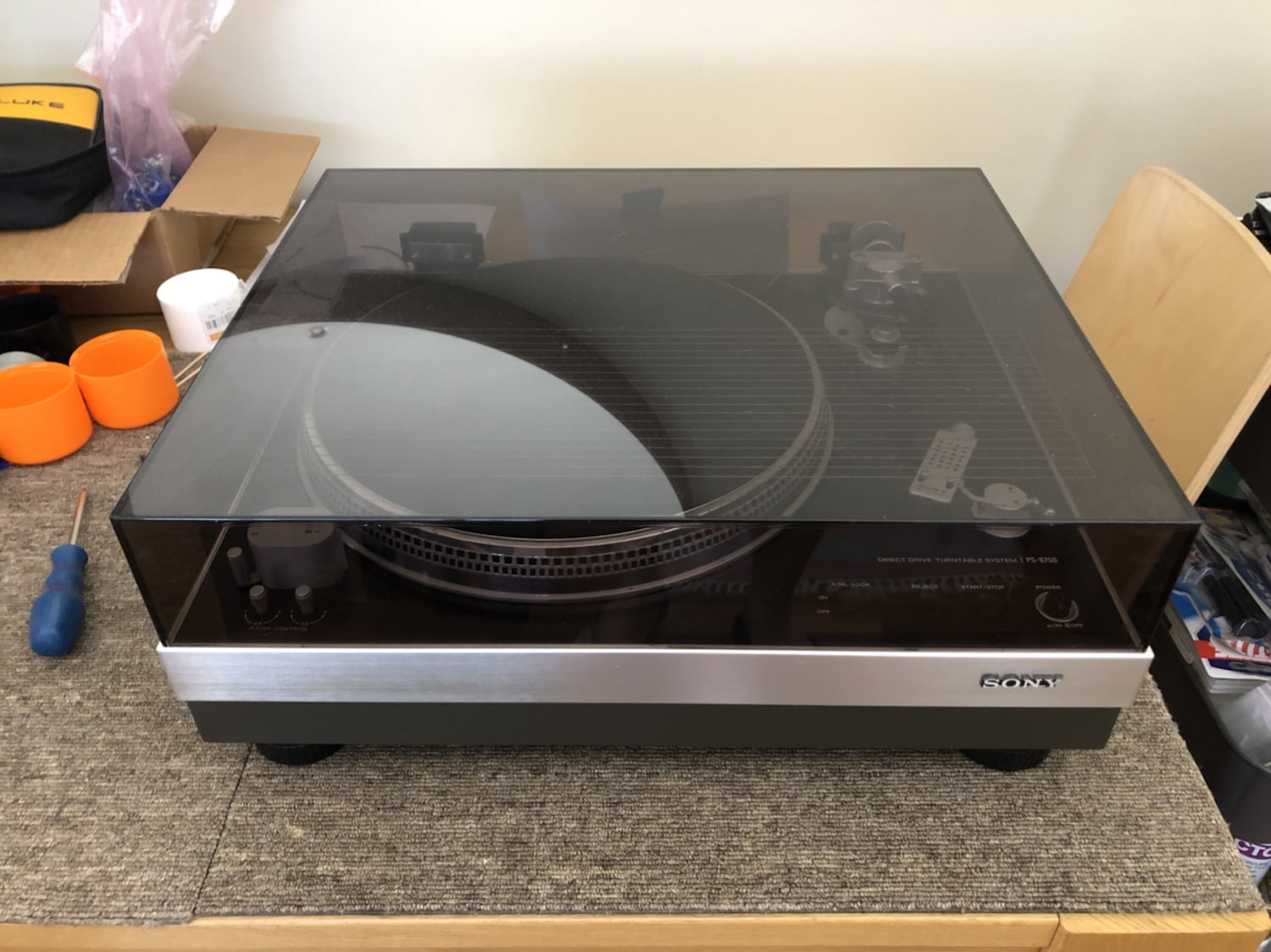
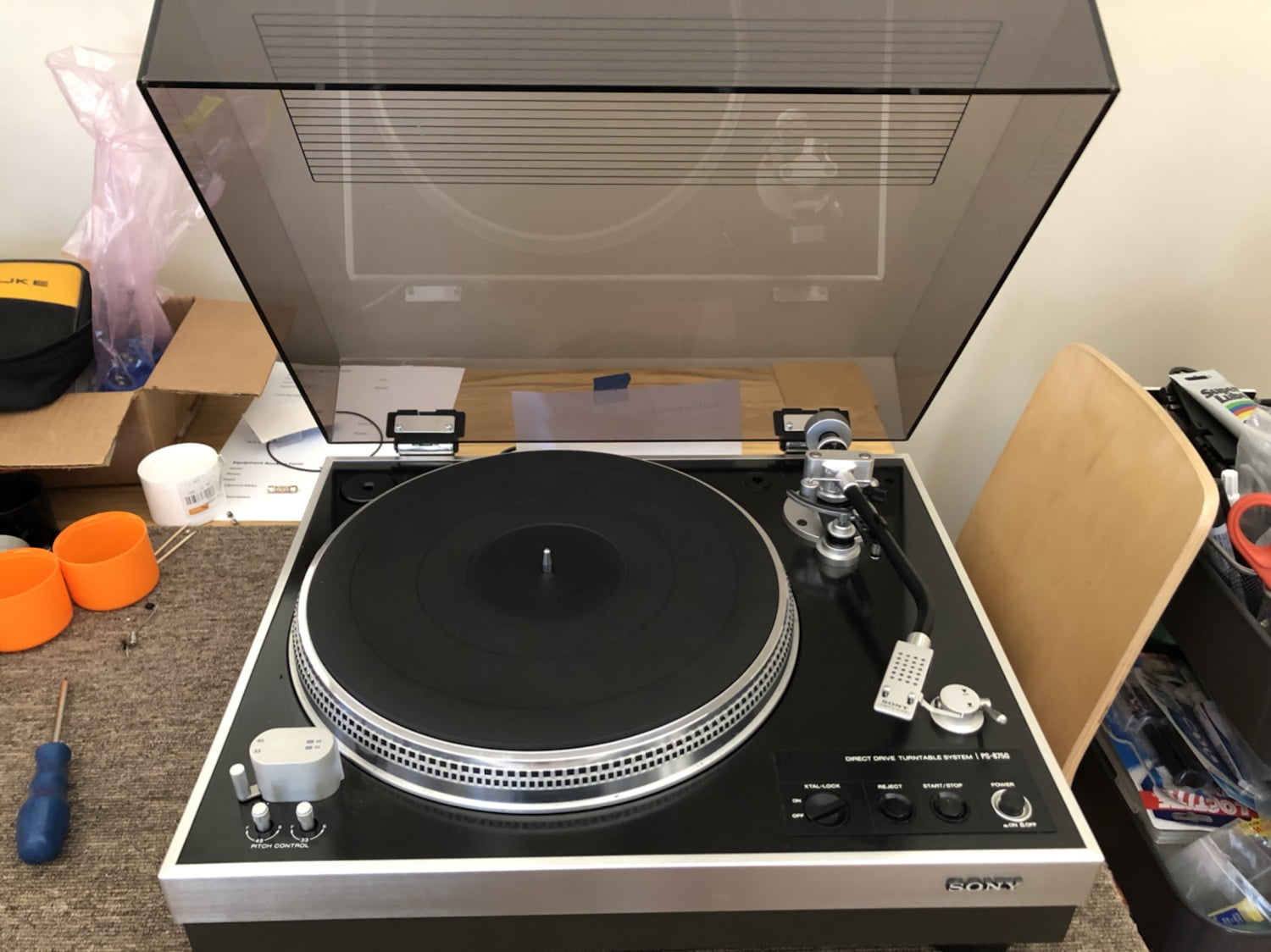
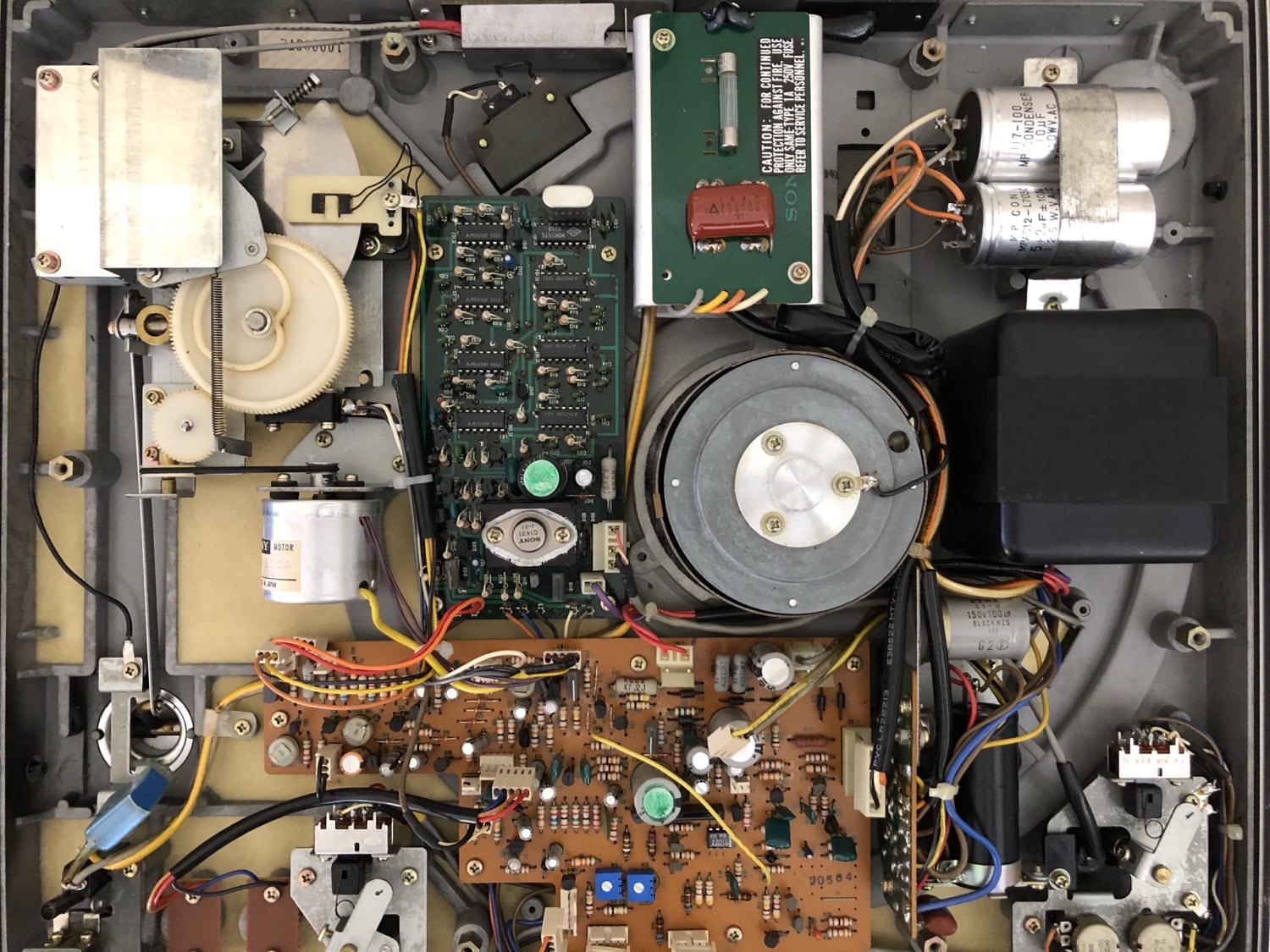
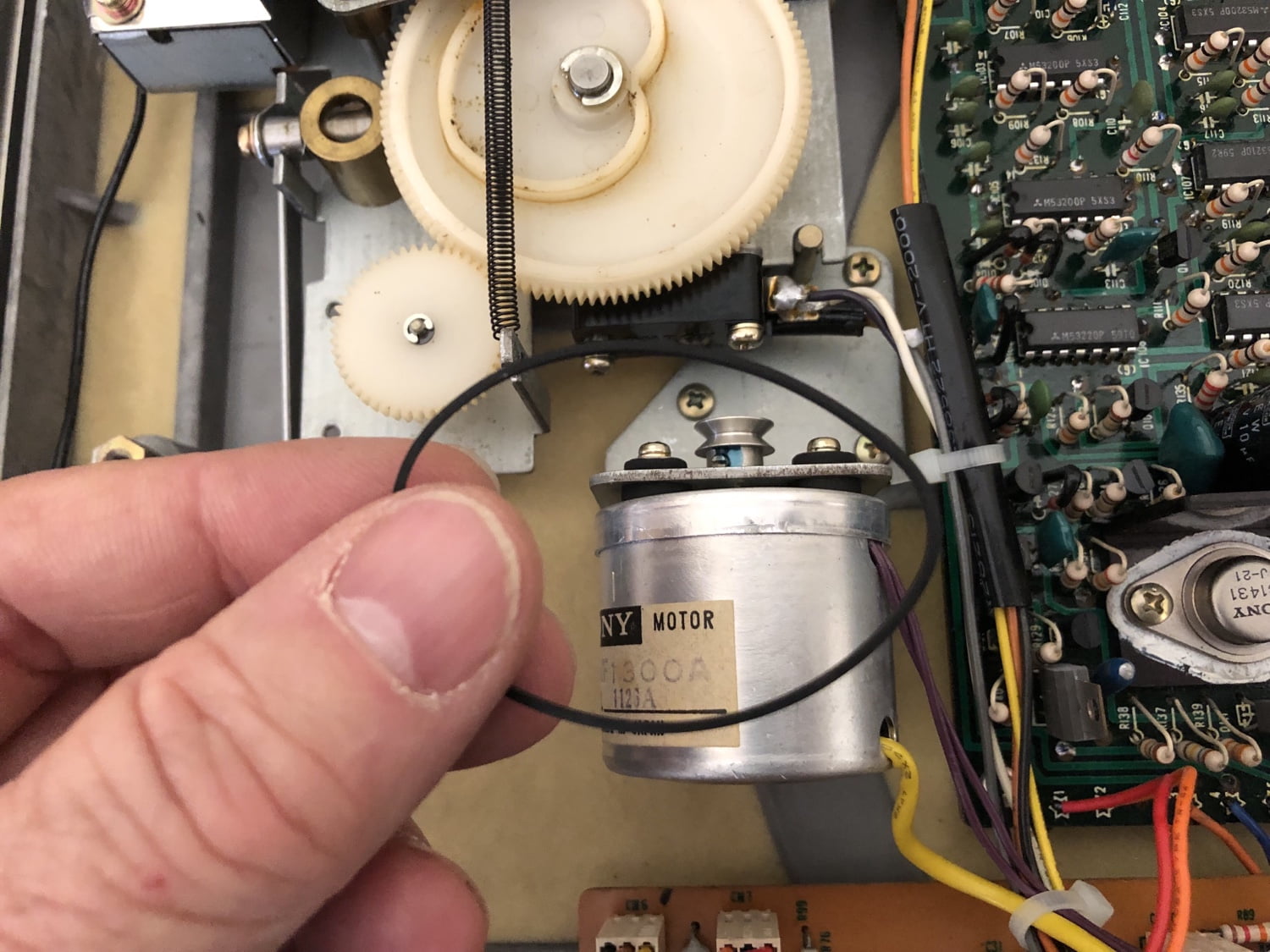


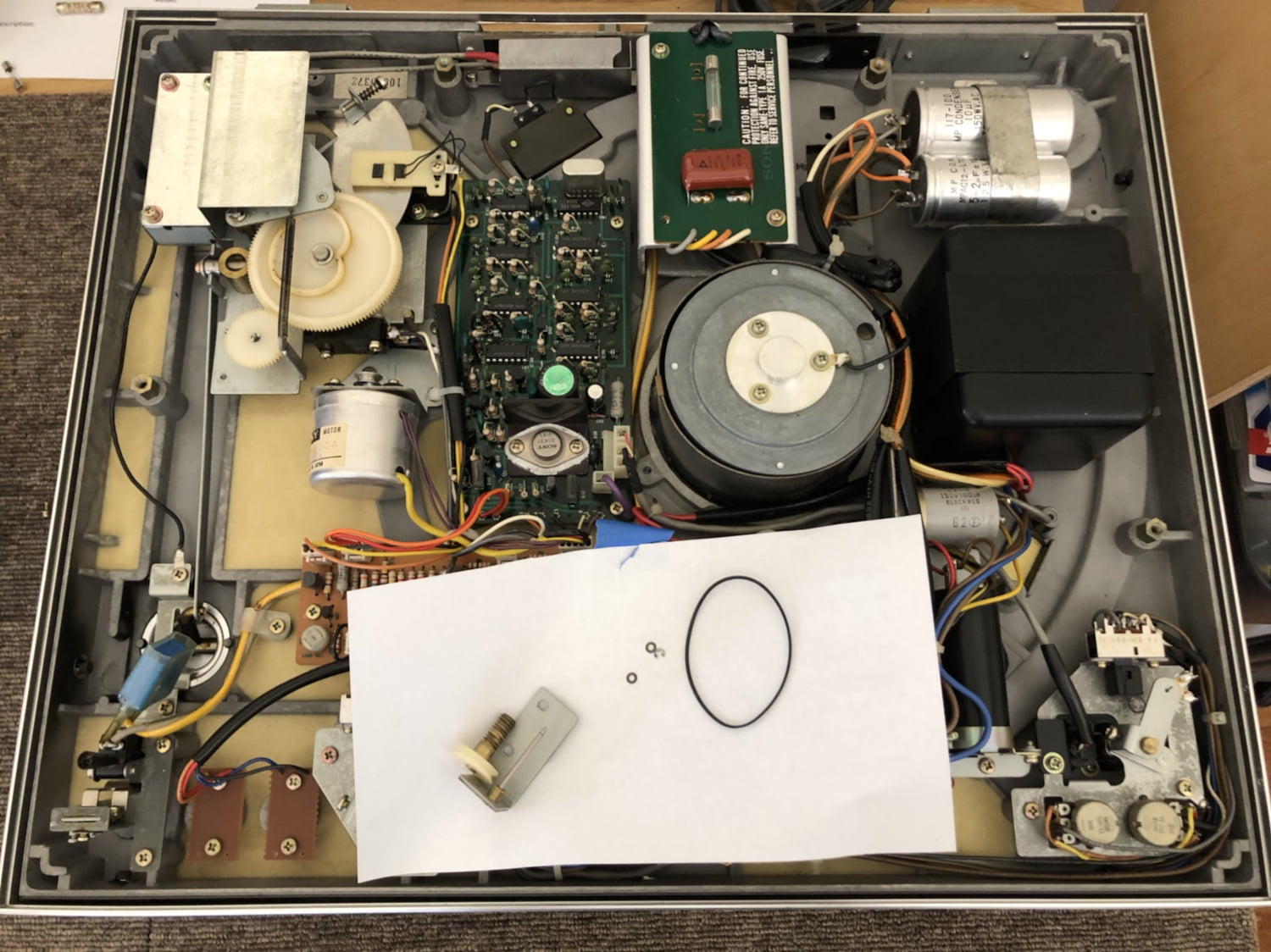
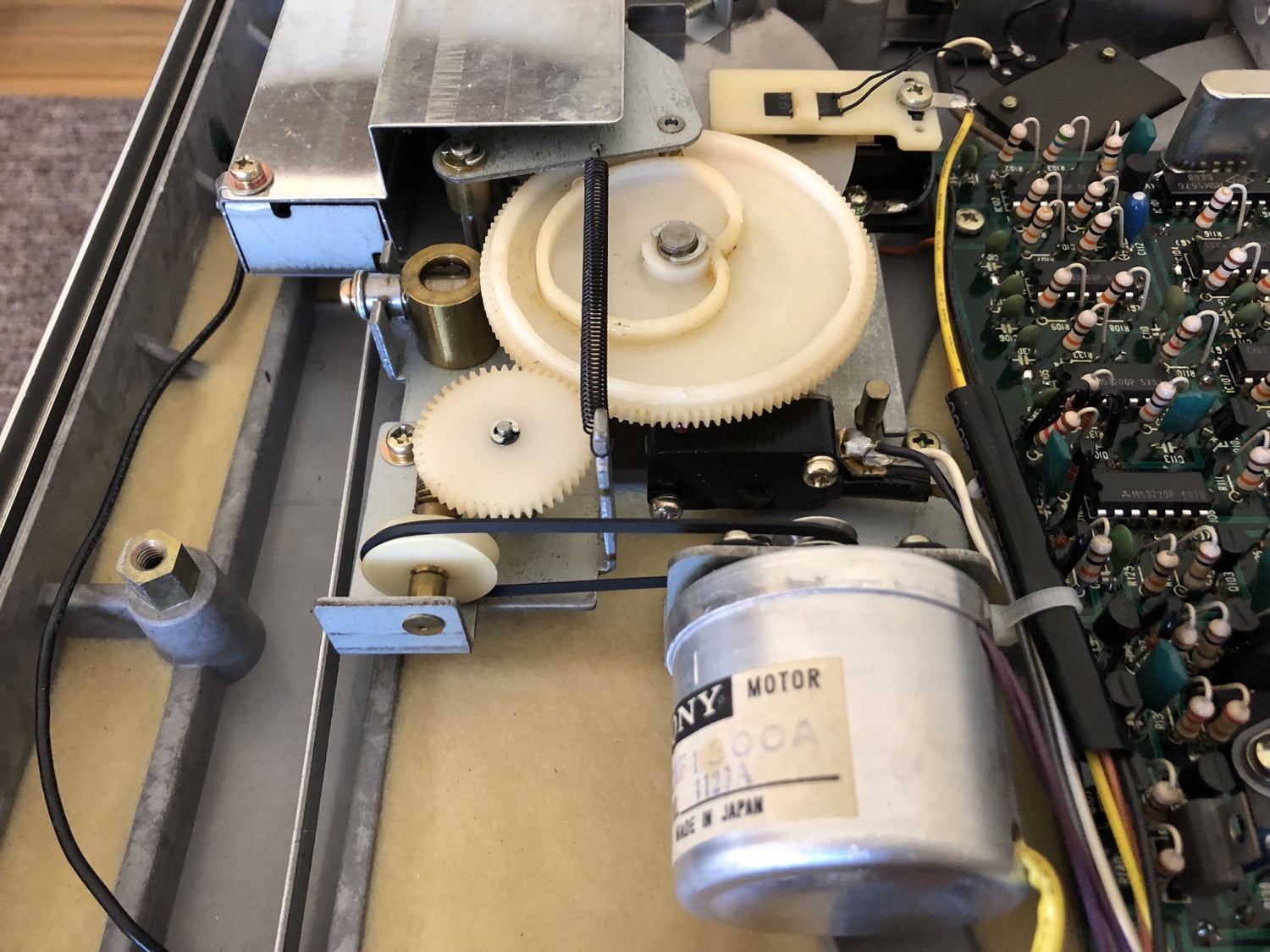
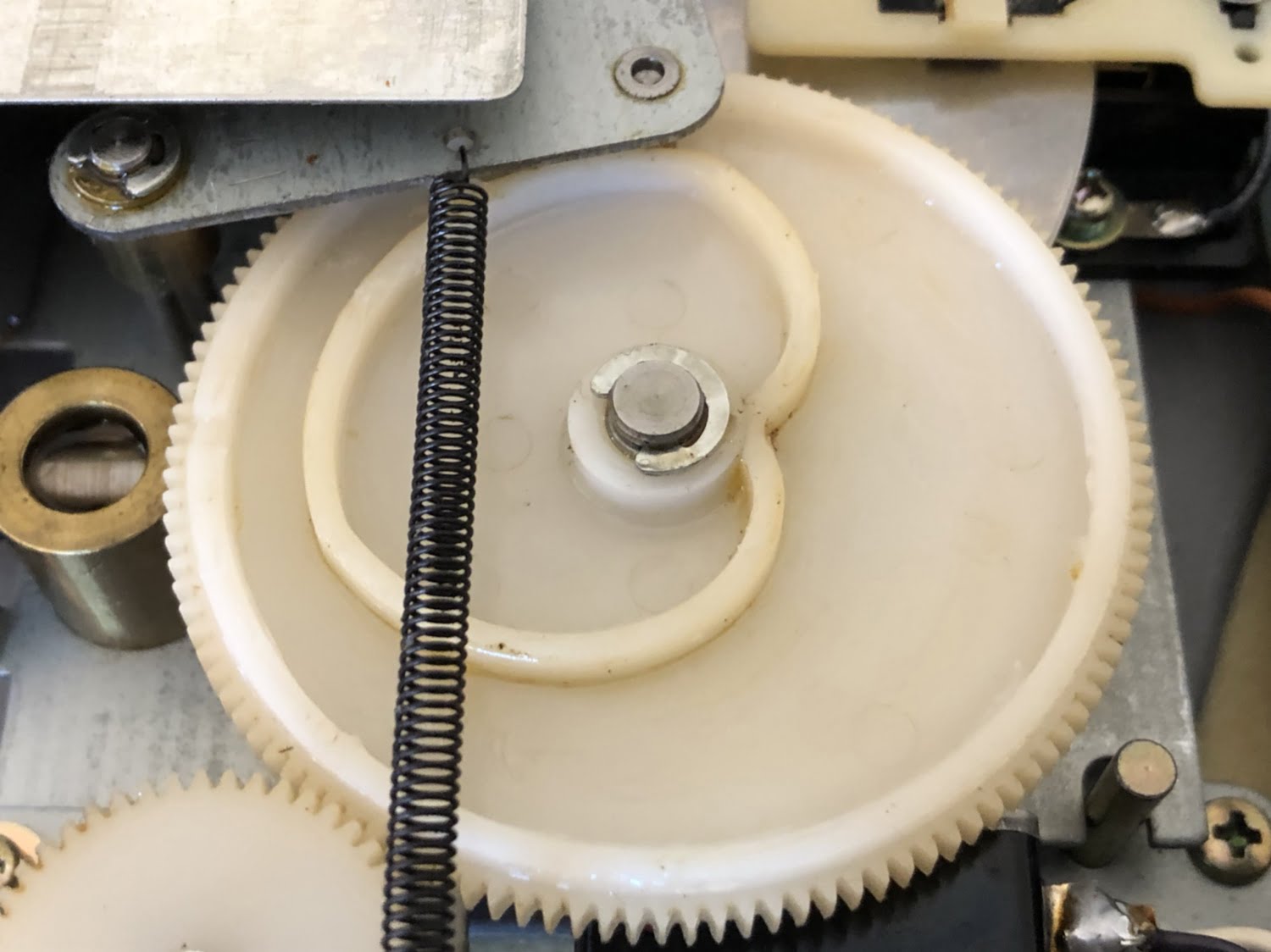
Control / Drive Electronics & Strobe
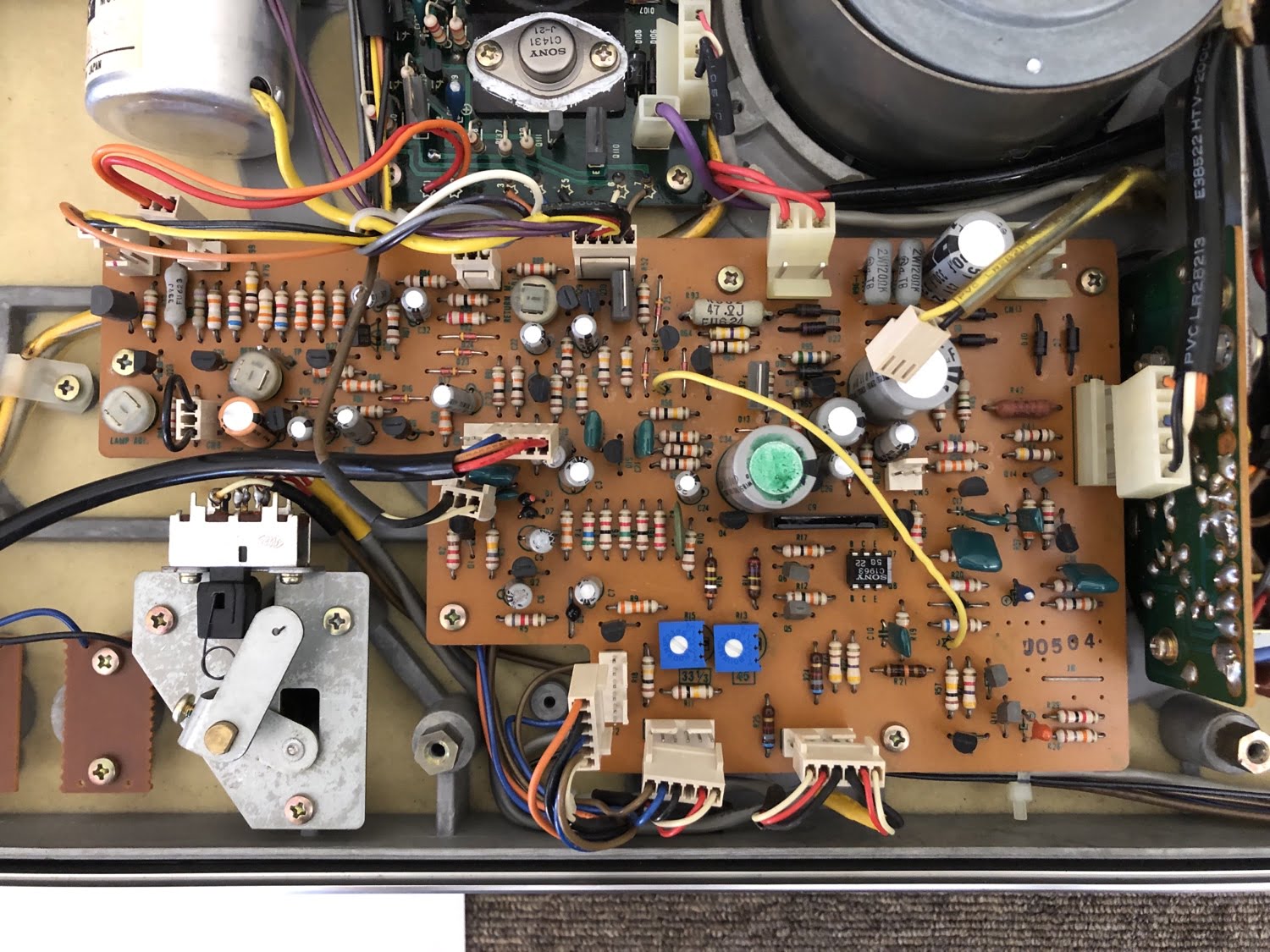
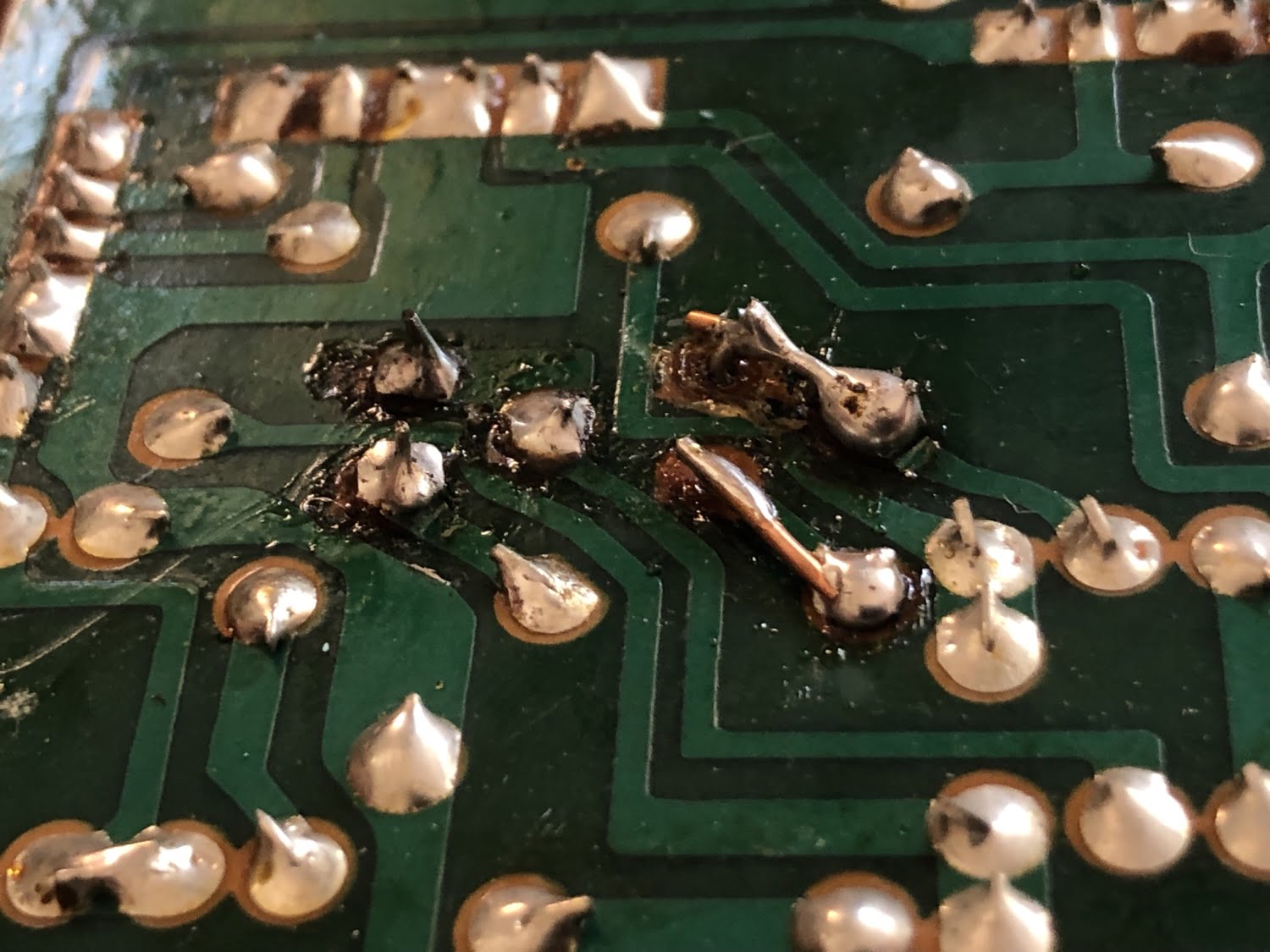
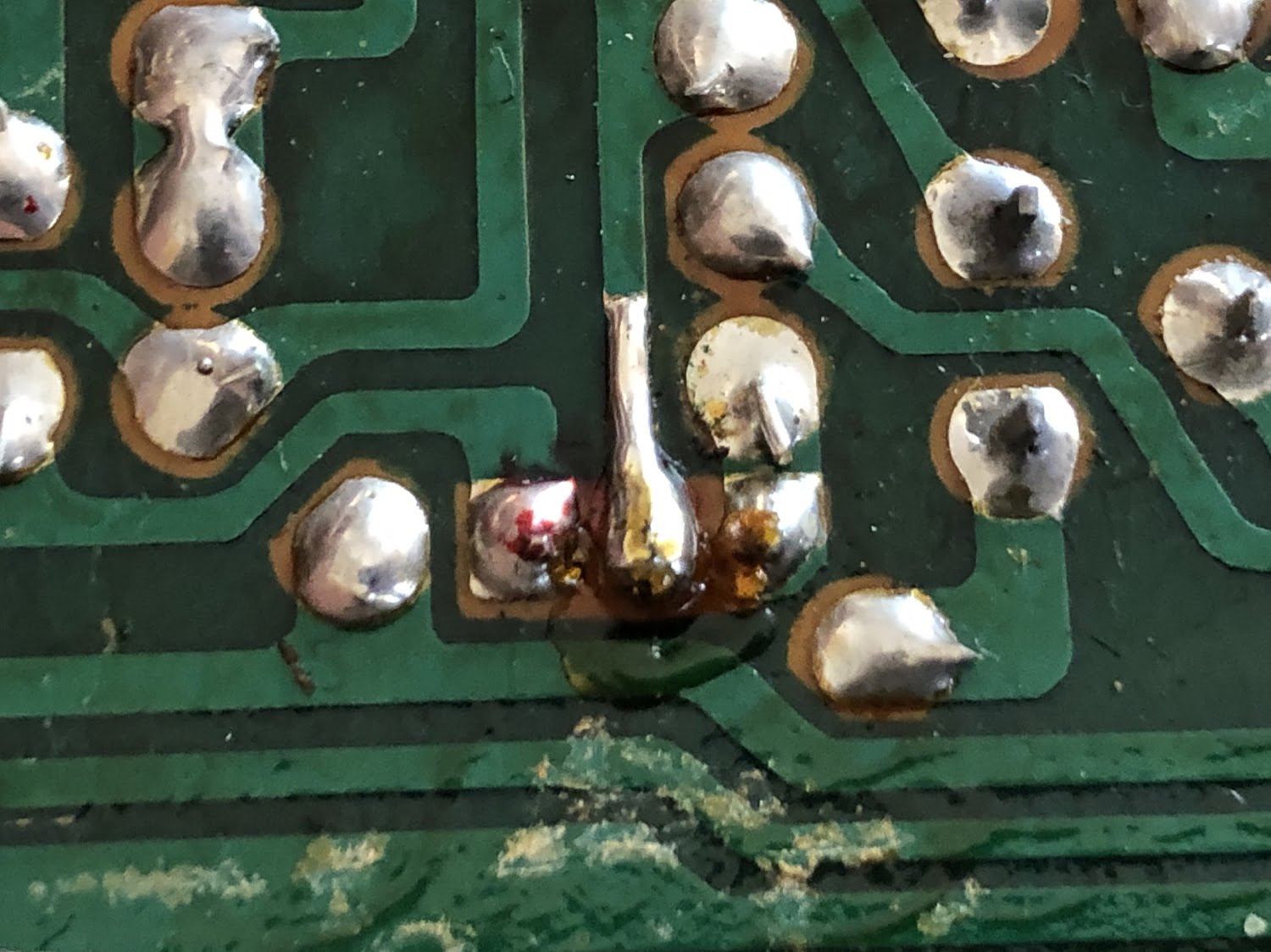

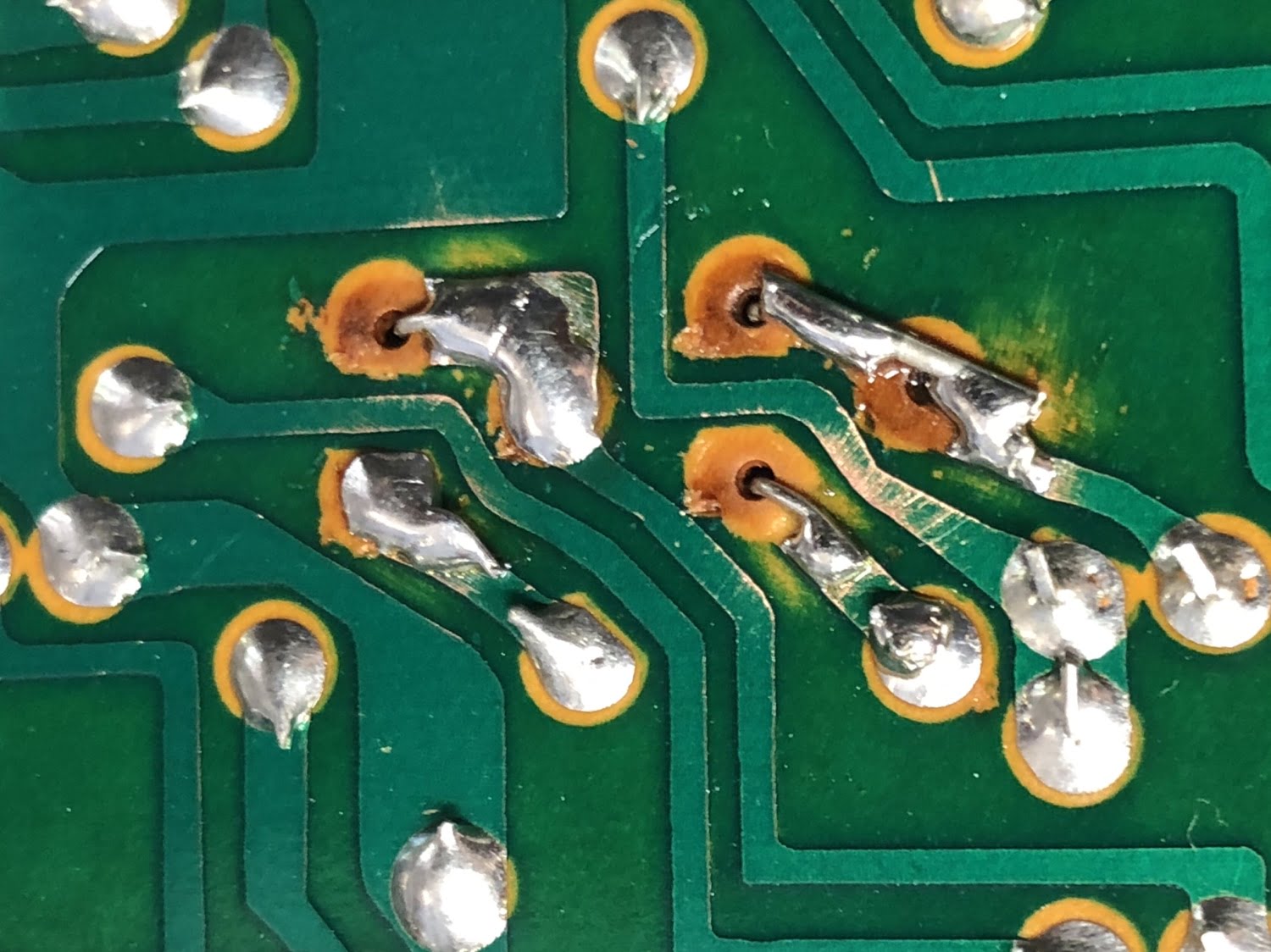
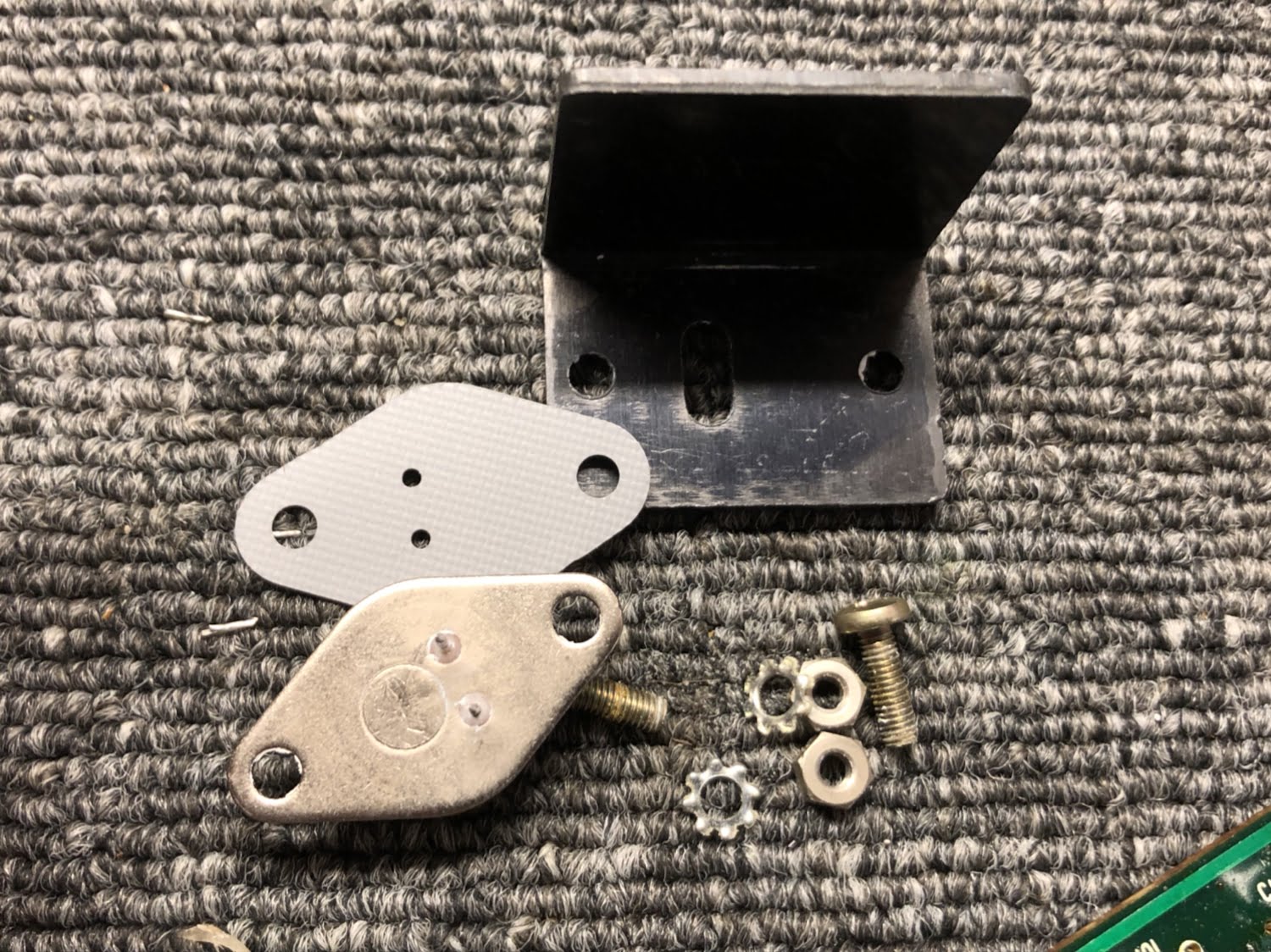

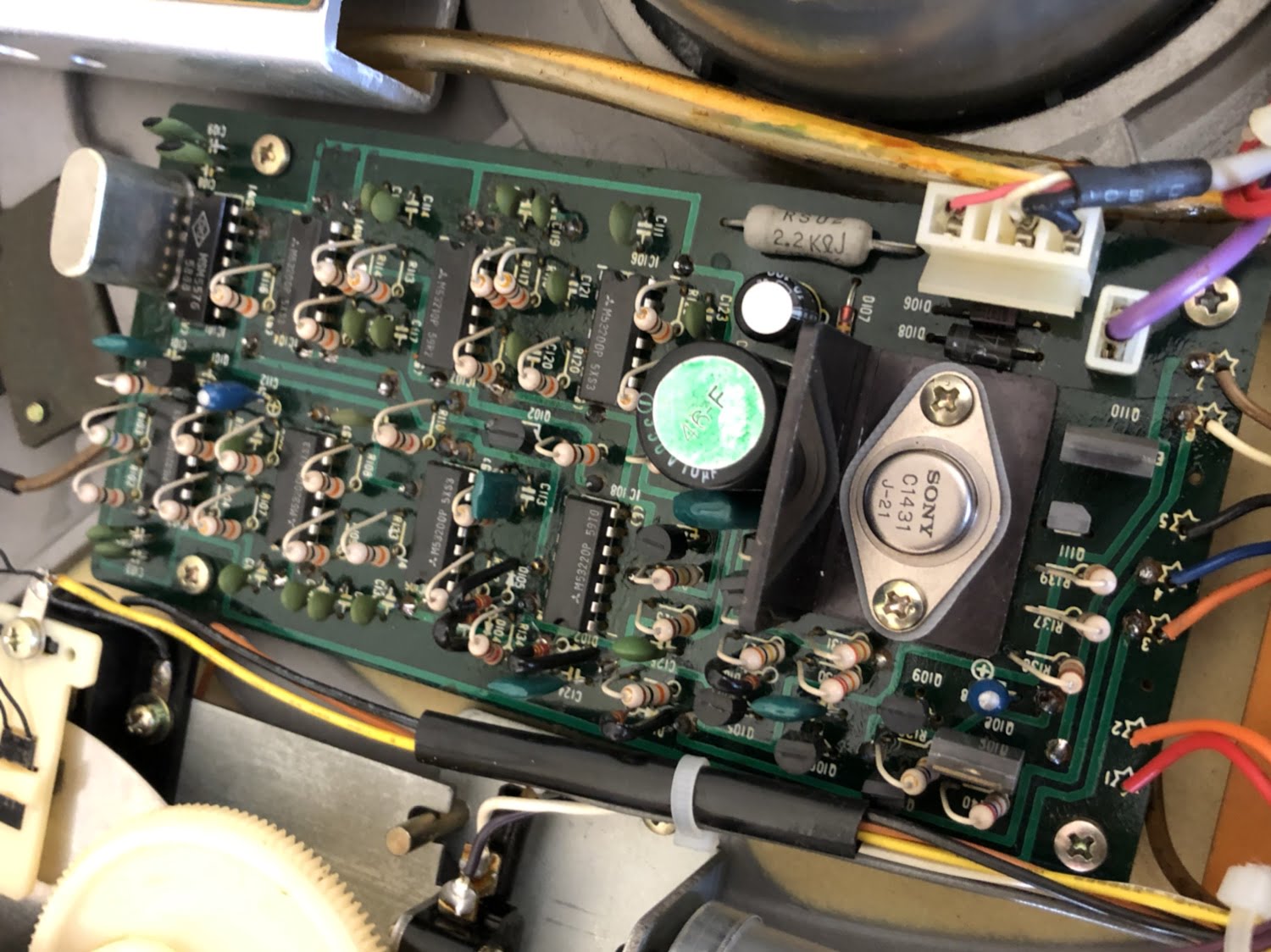
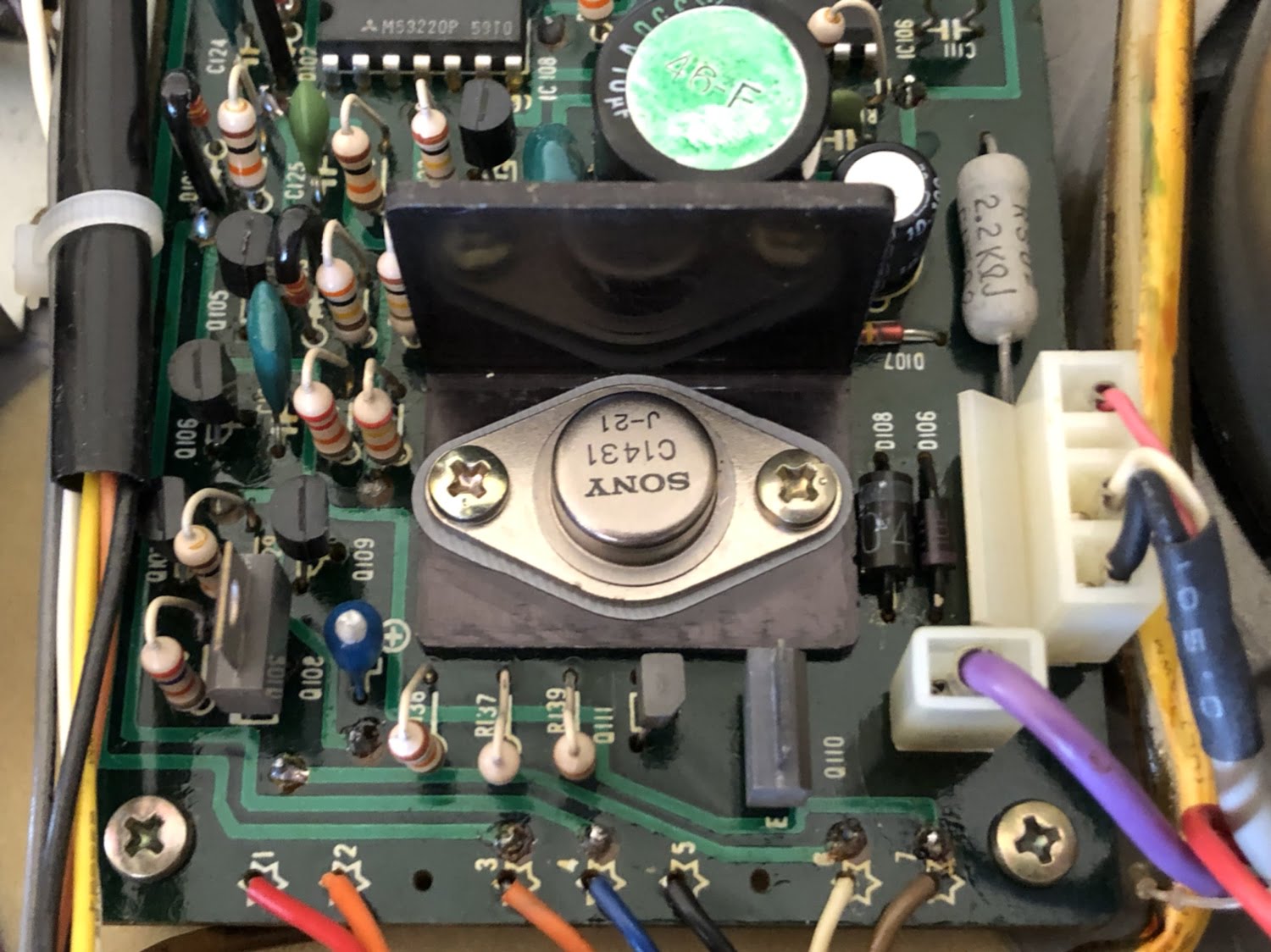
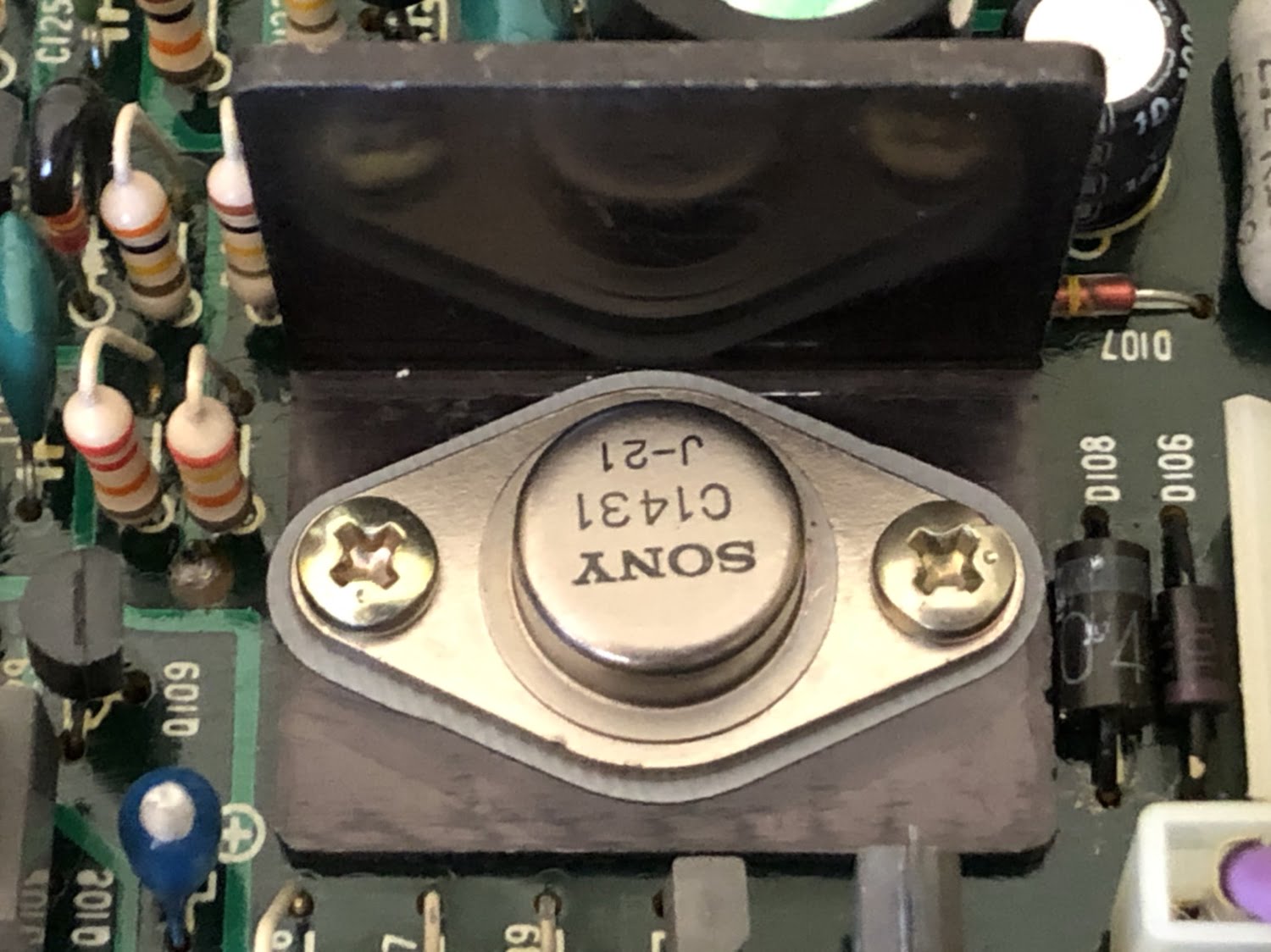
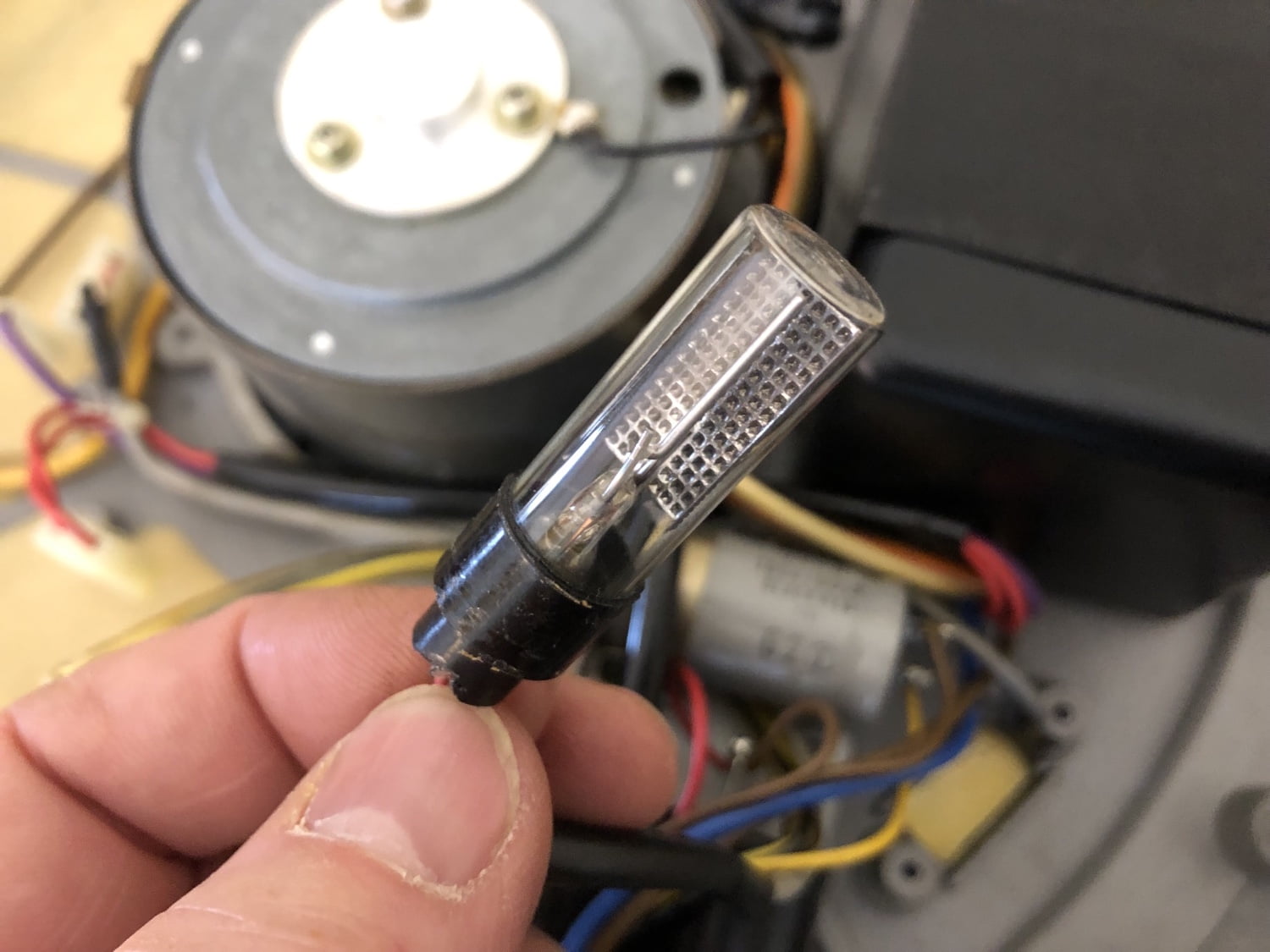
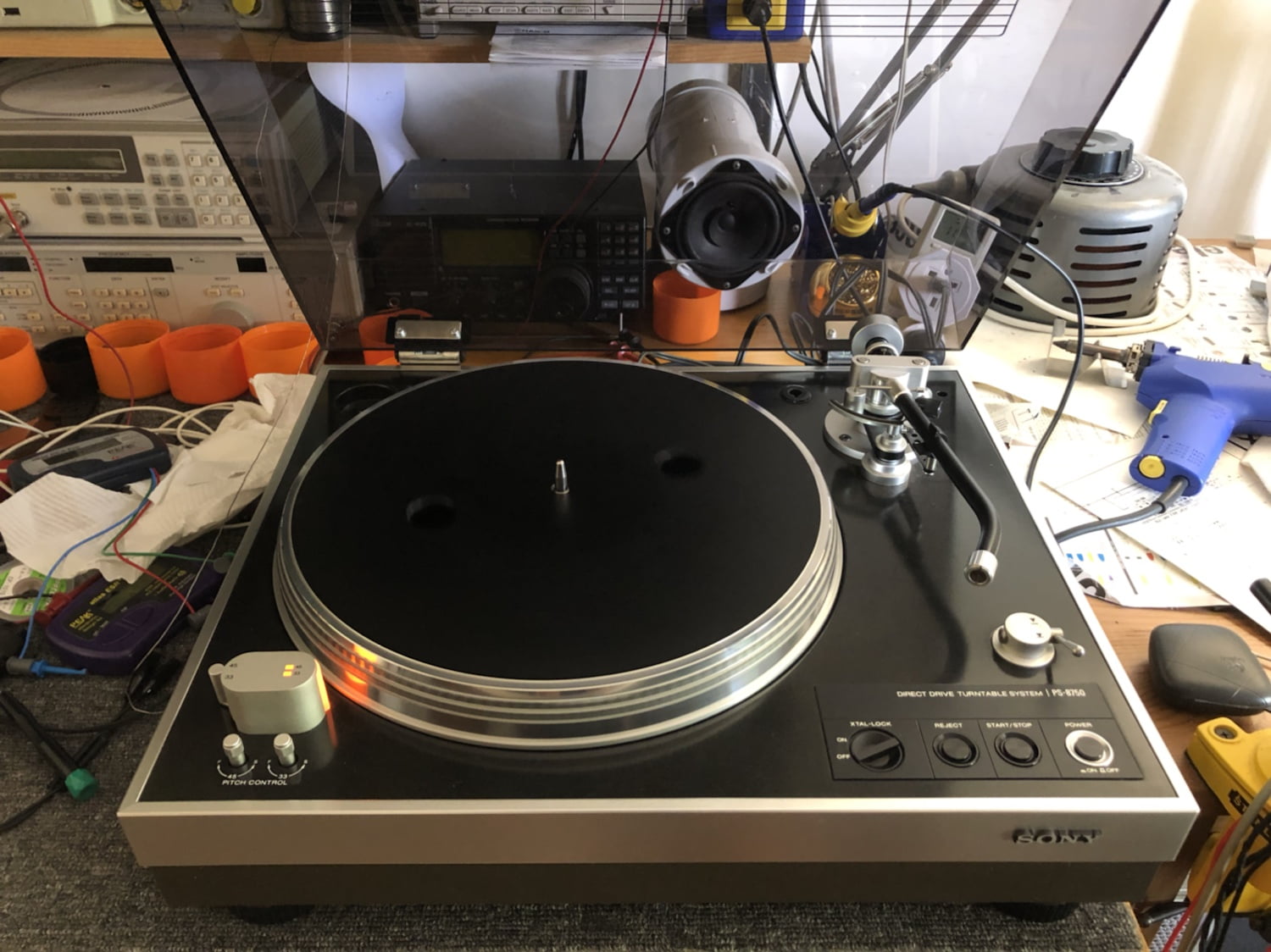
Cleaning, Lubrication & Foot Repair

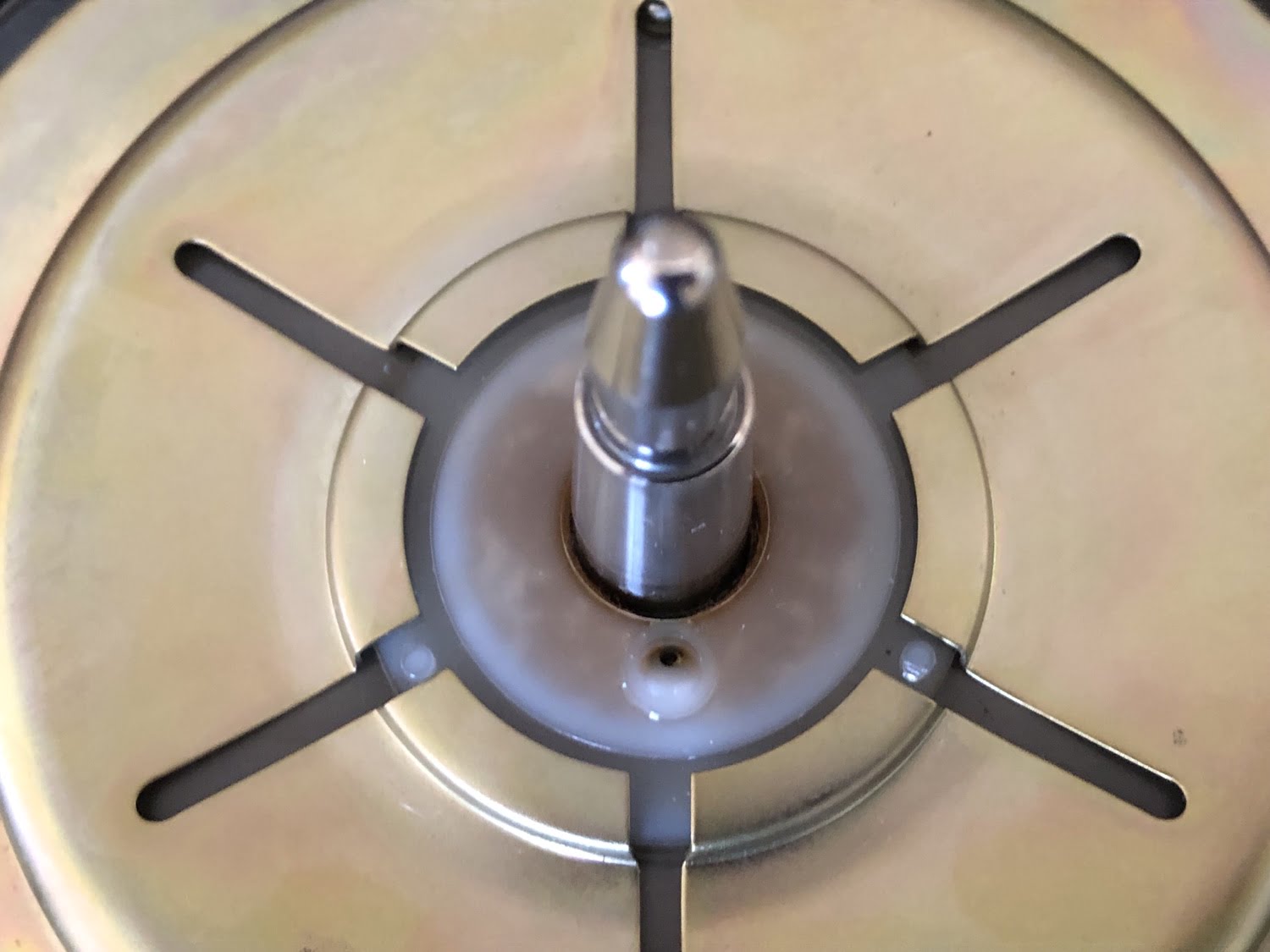
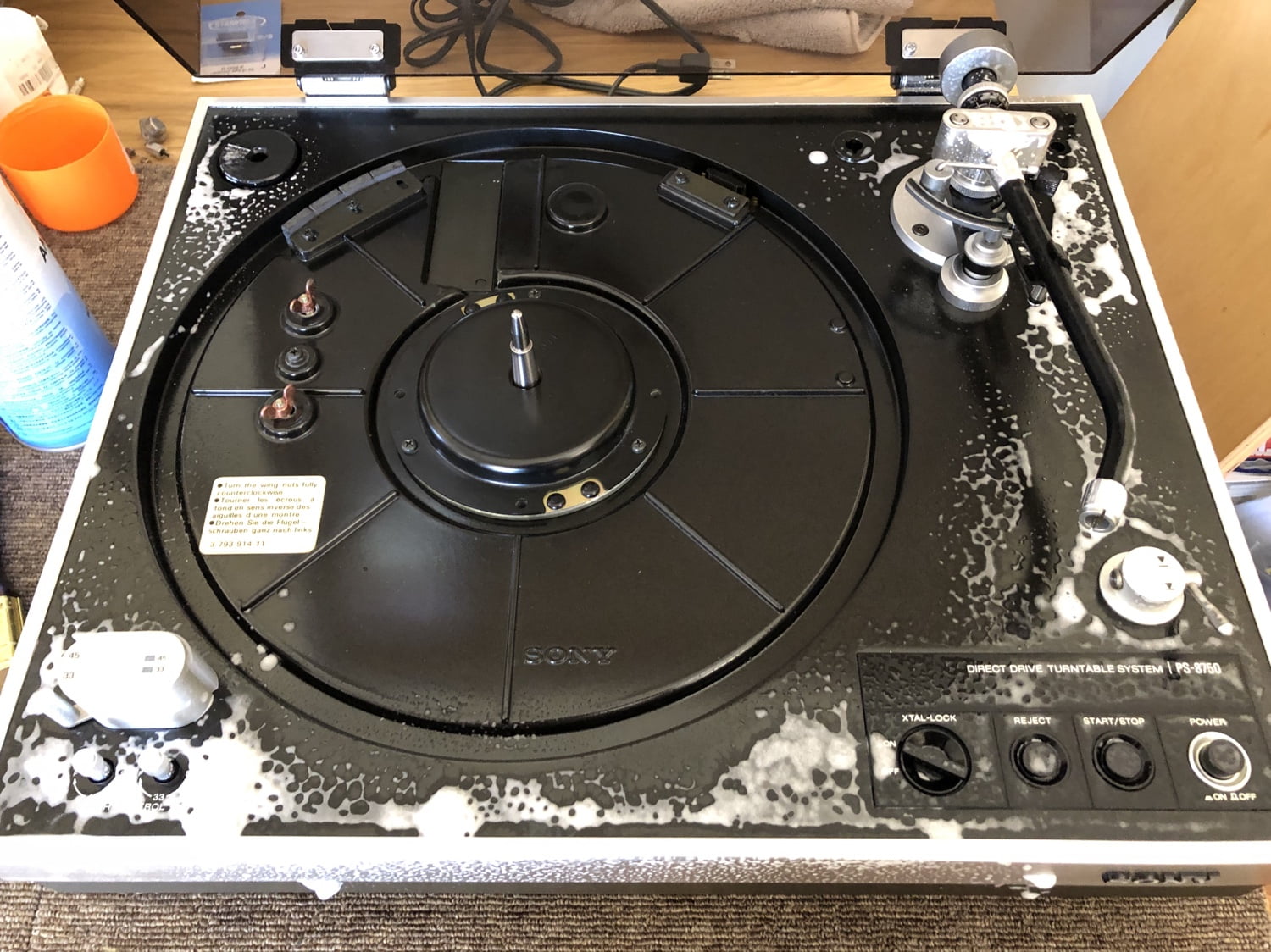
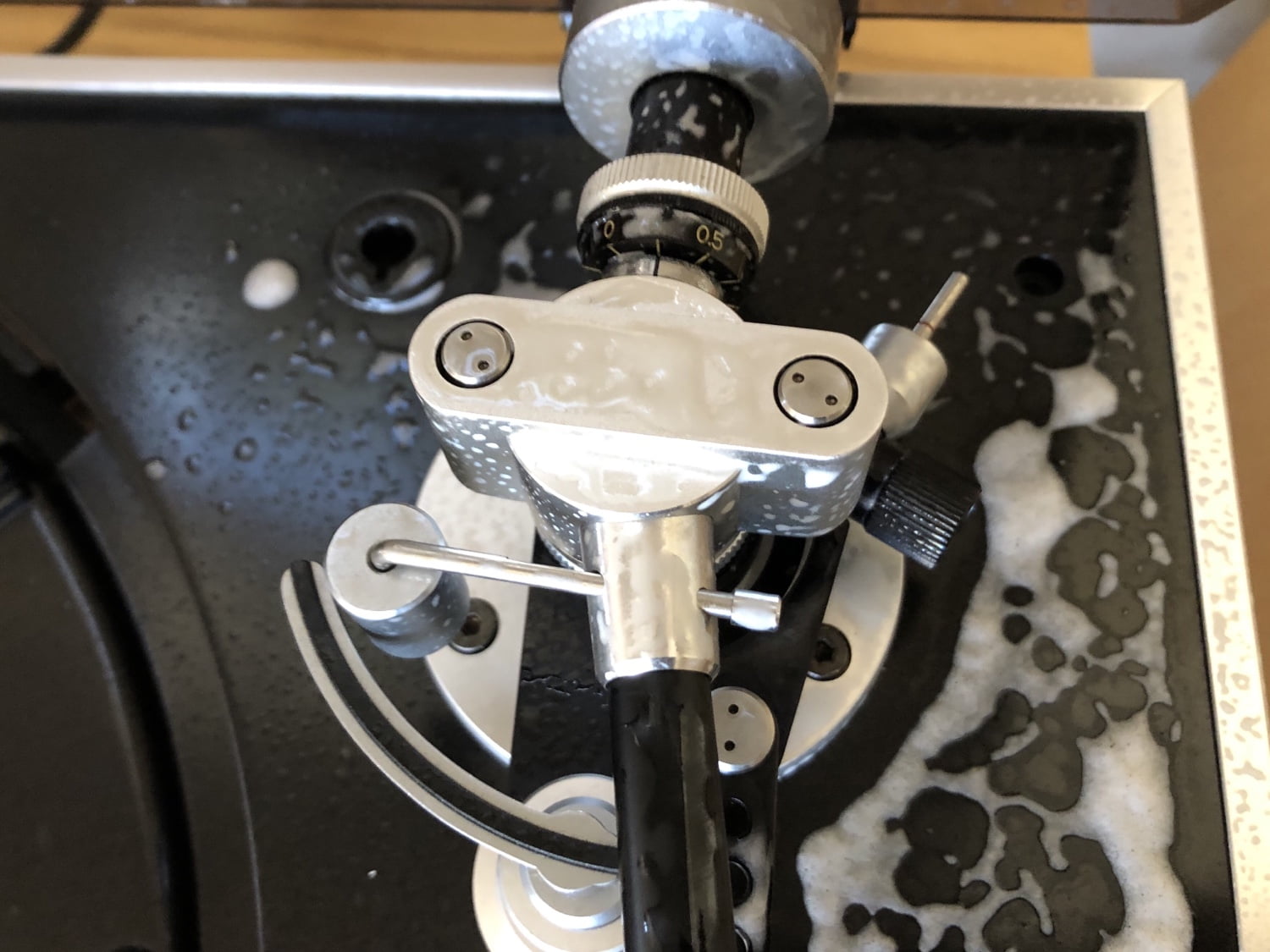
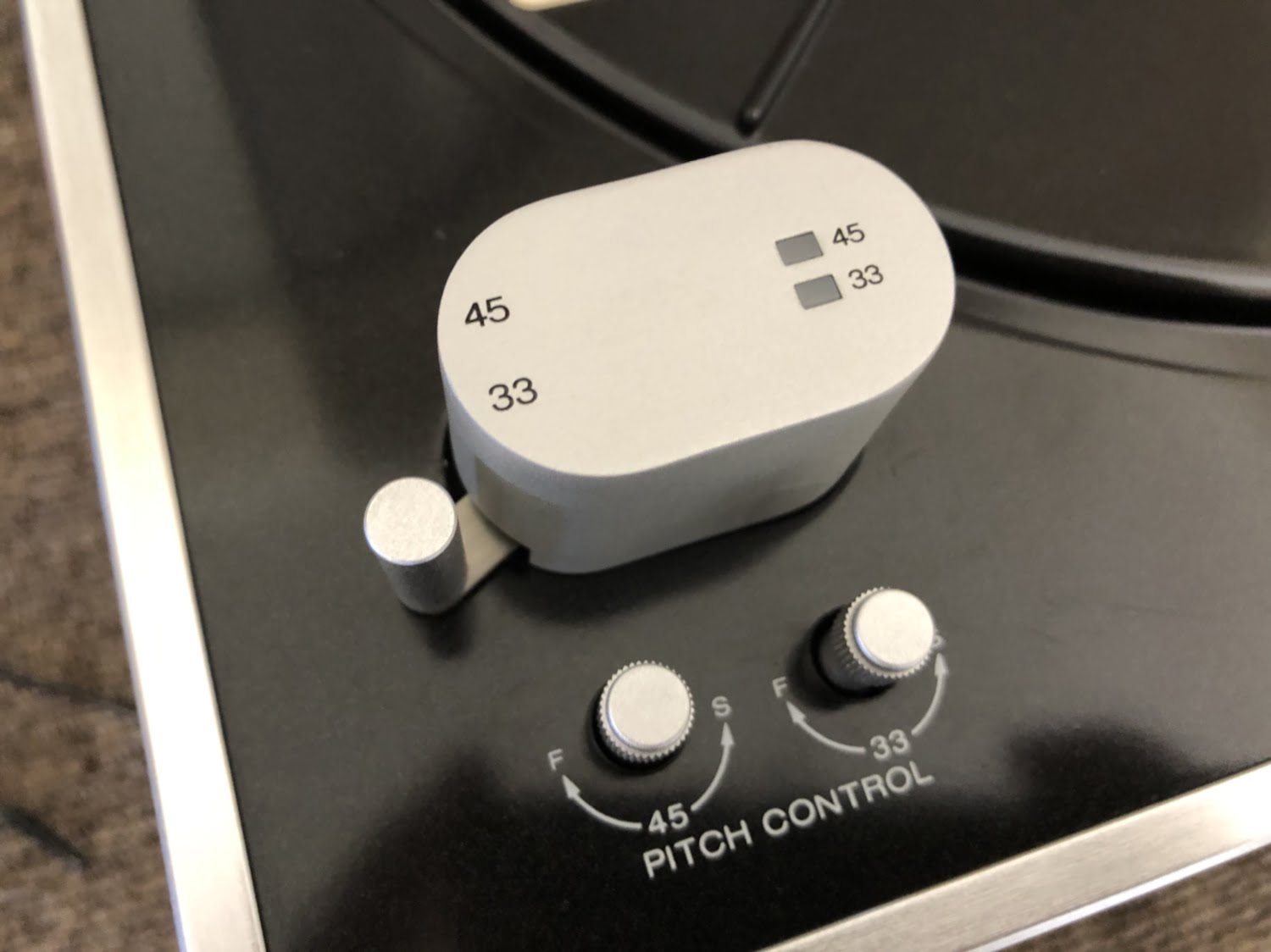
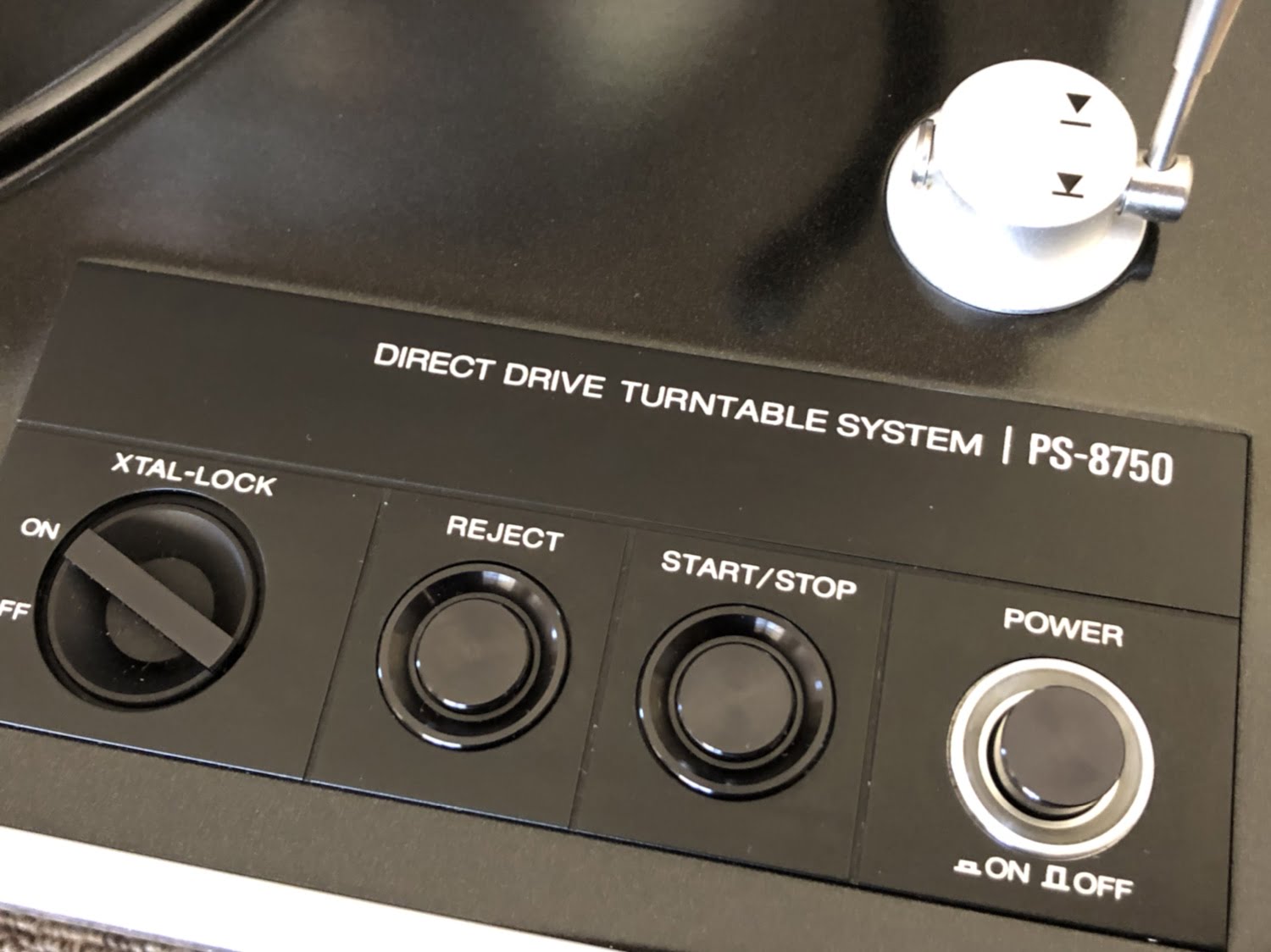

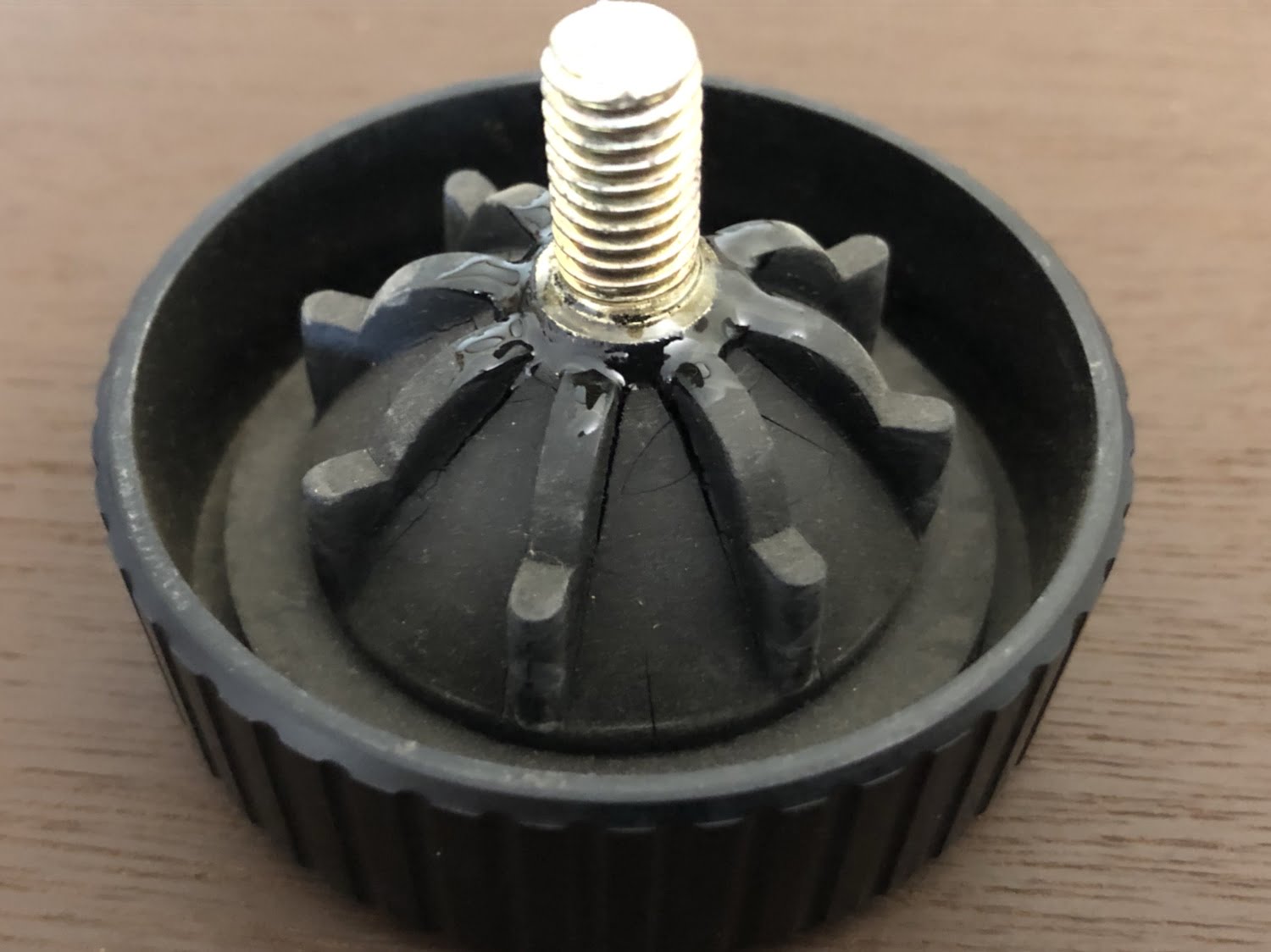
Upgrades & Set-up

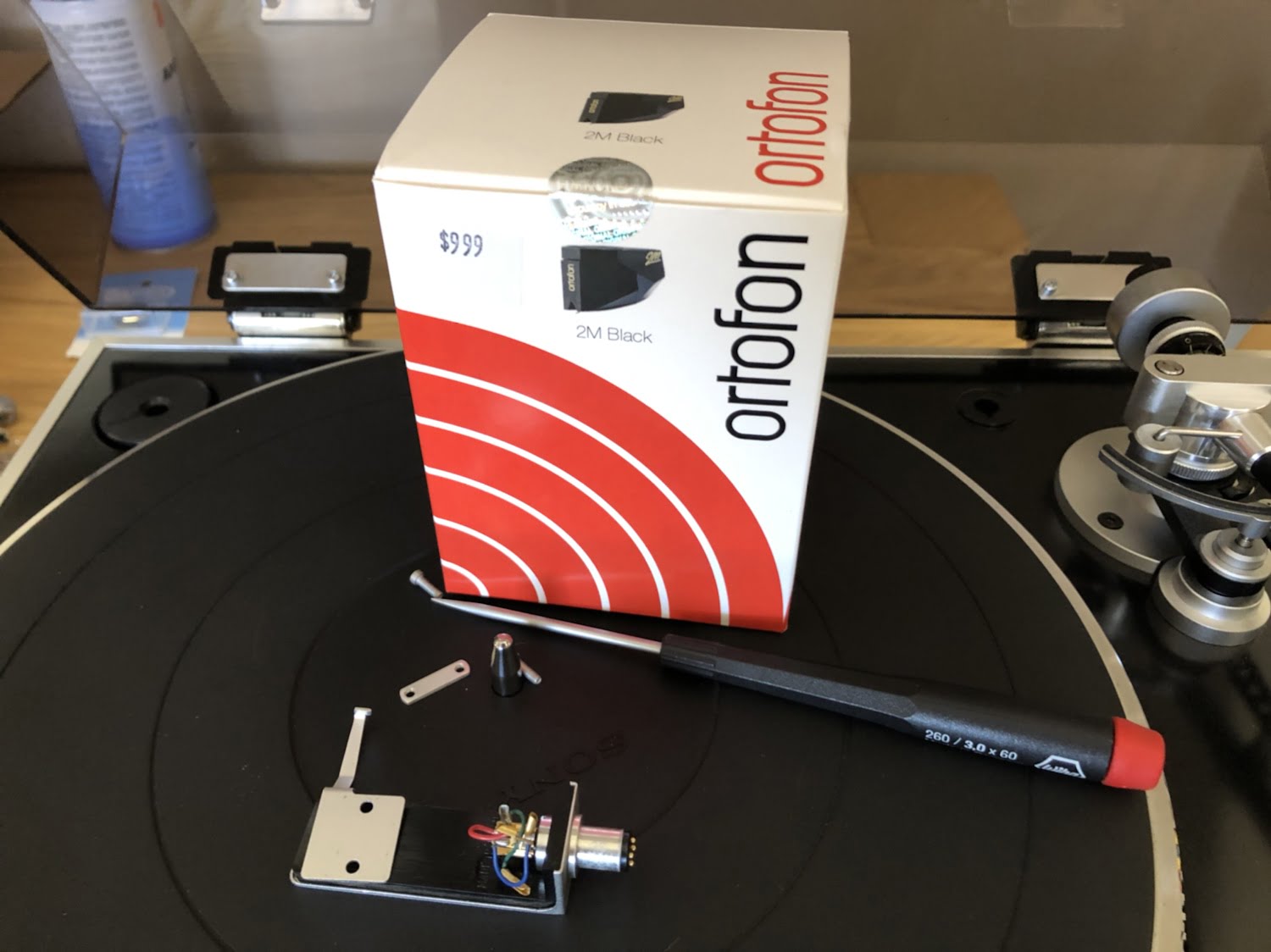
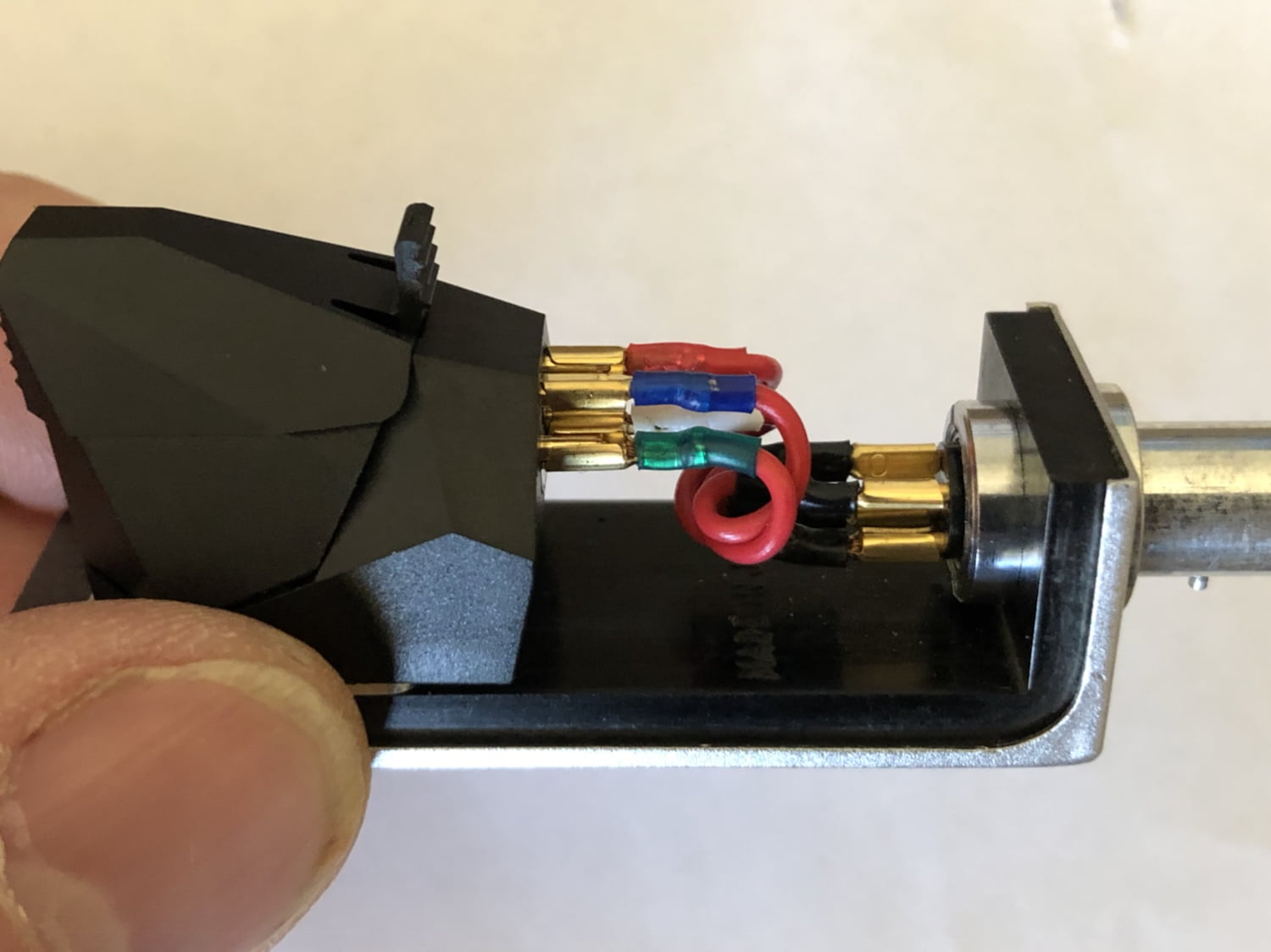
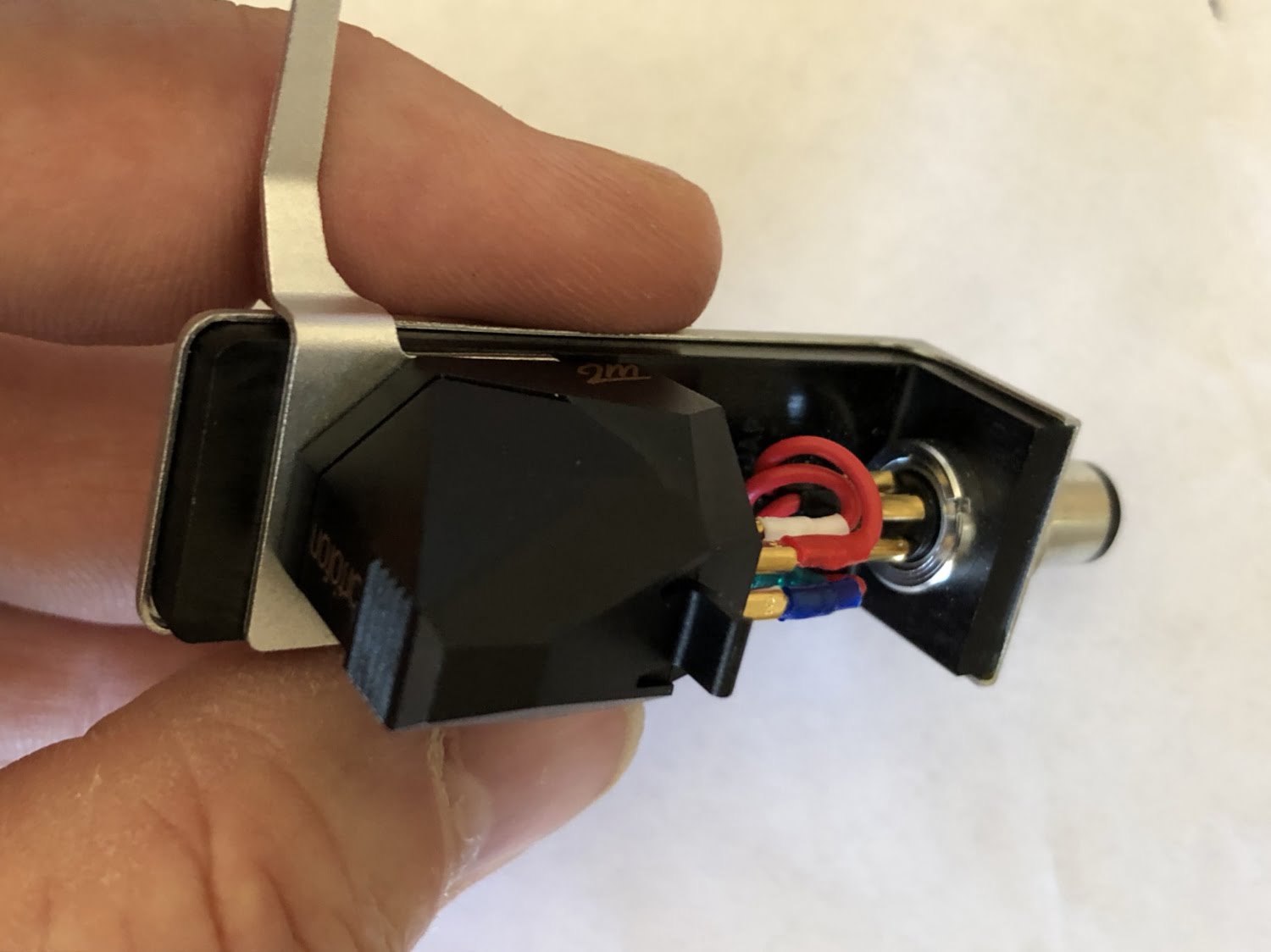
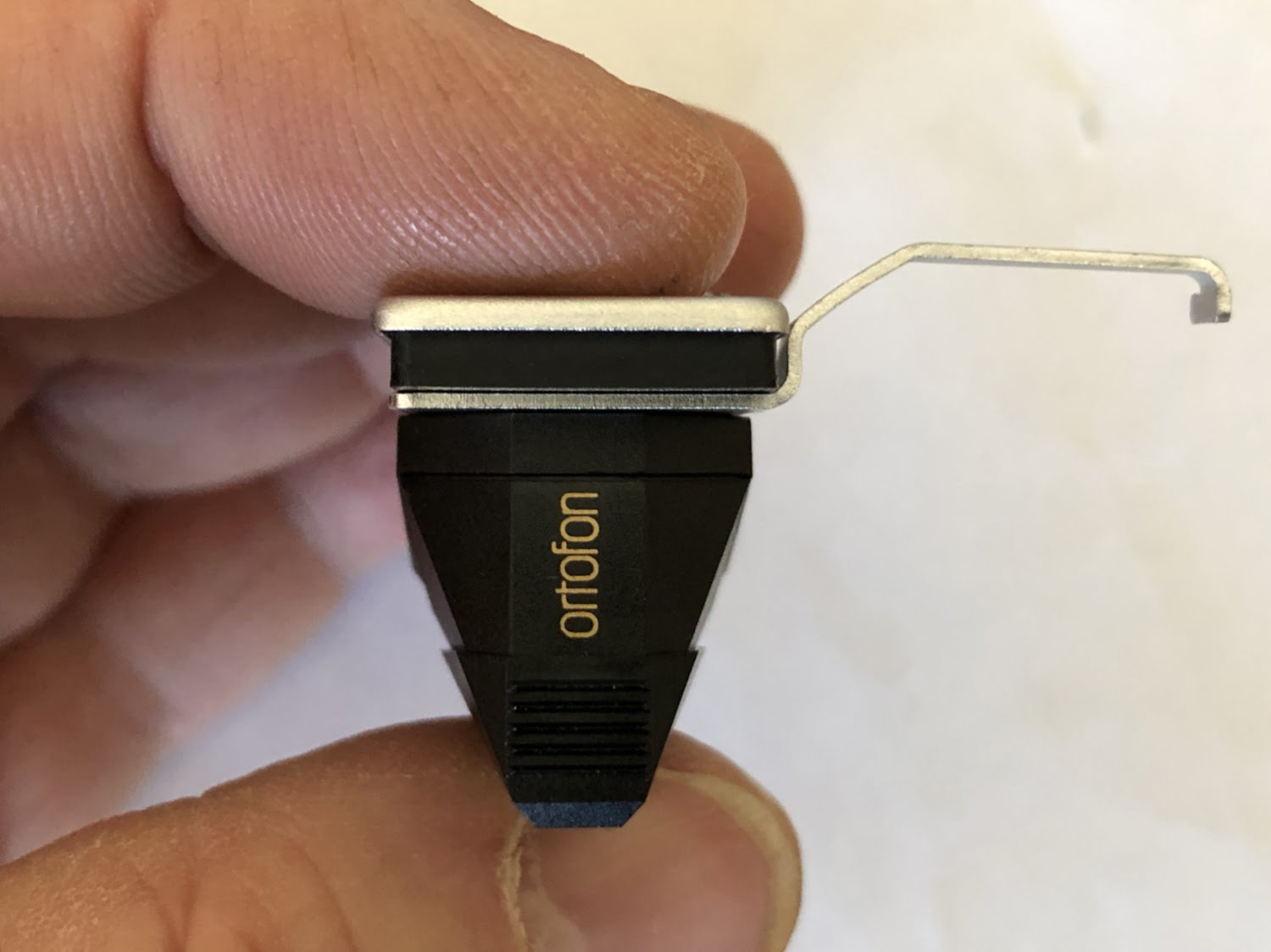
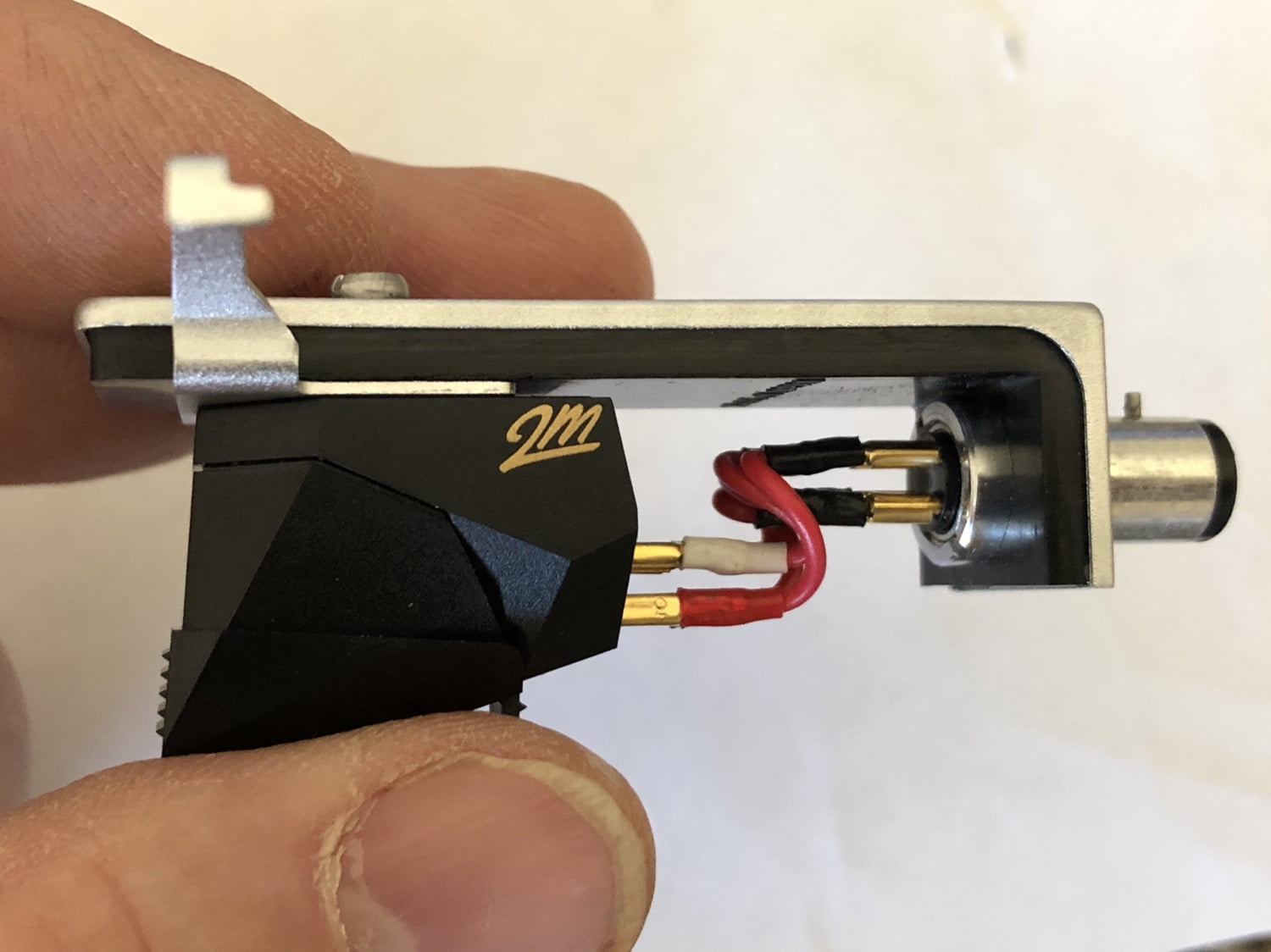
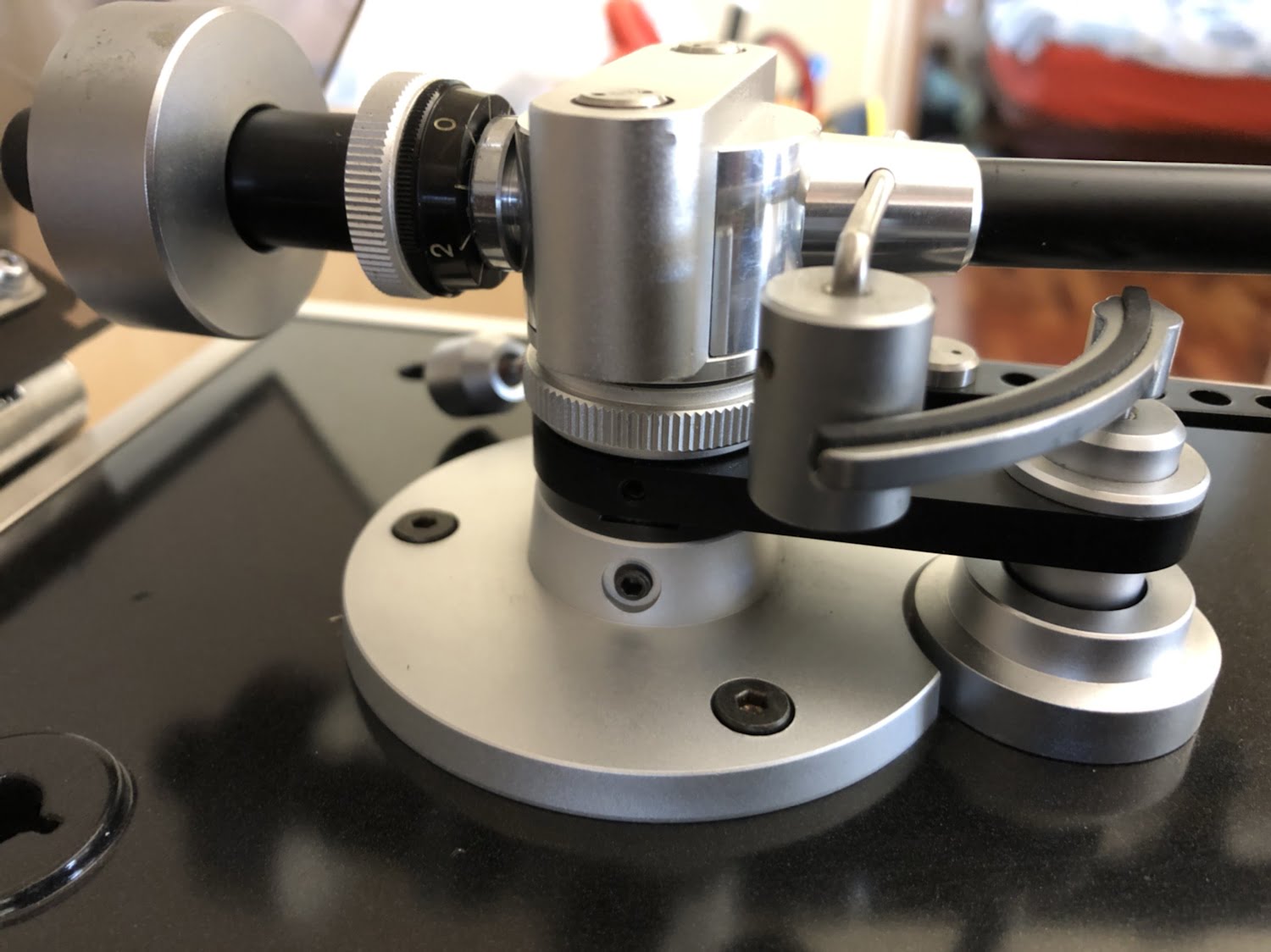
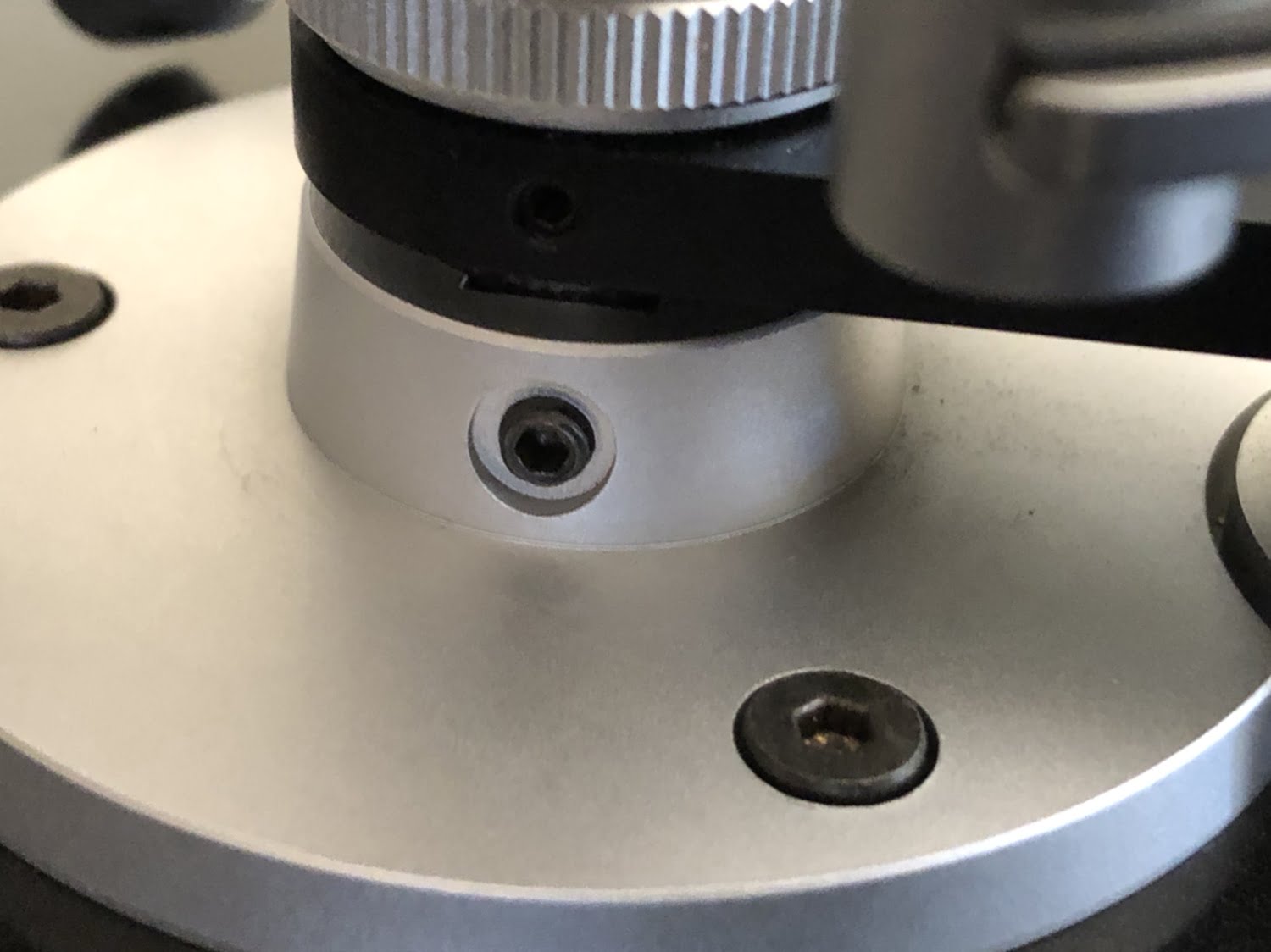
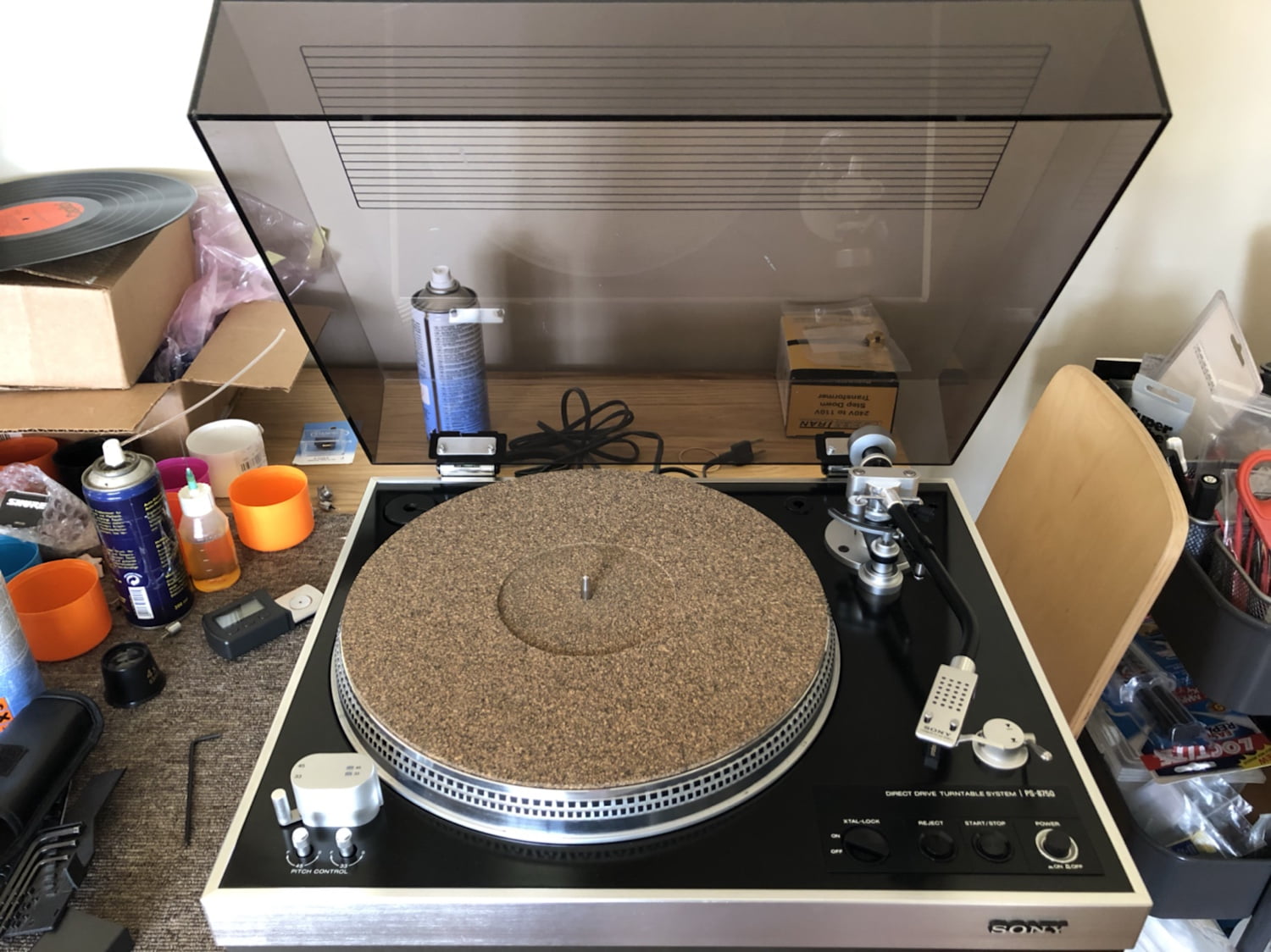
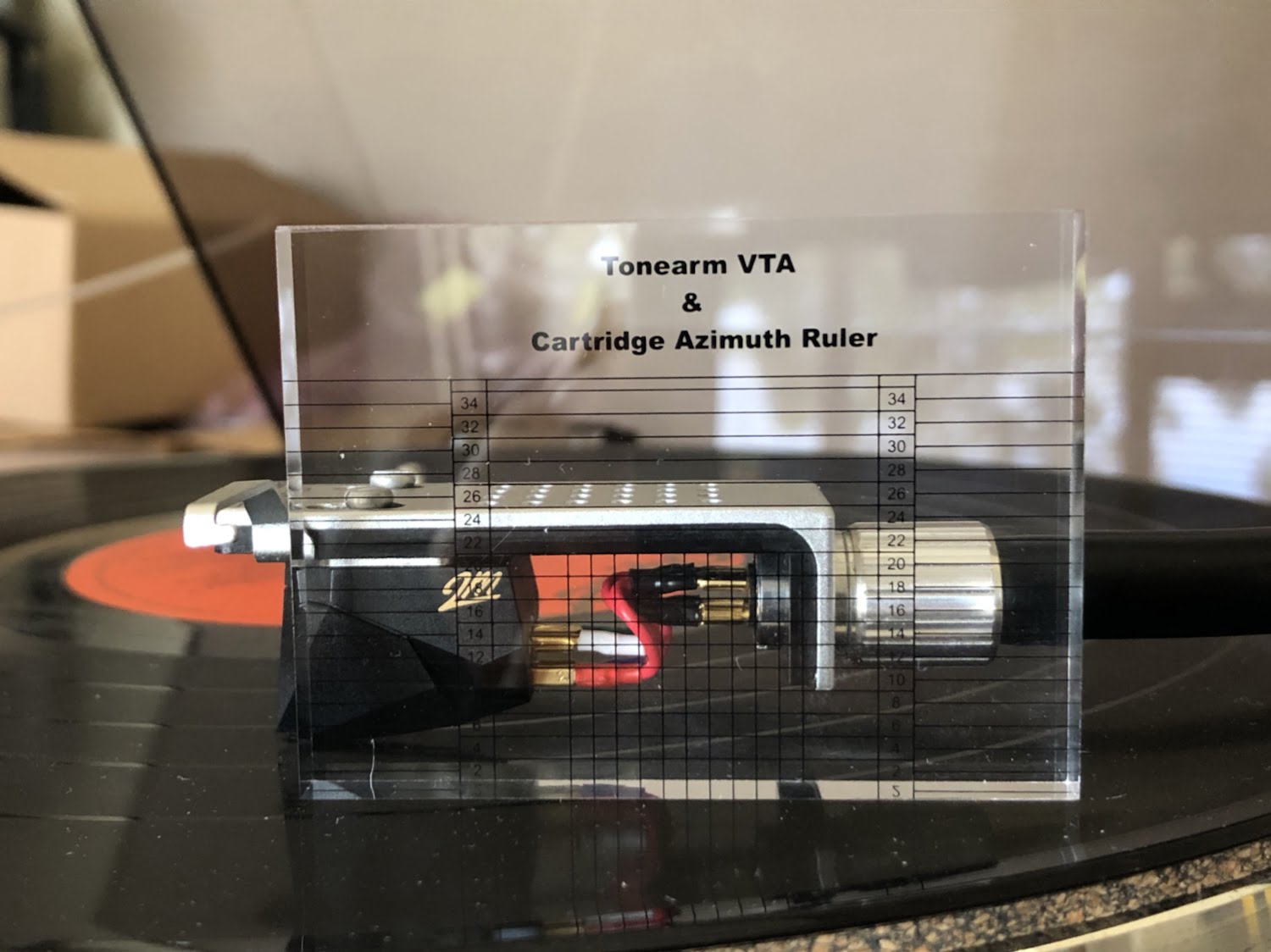
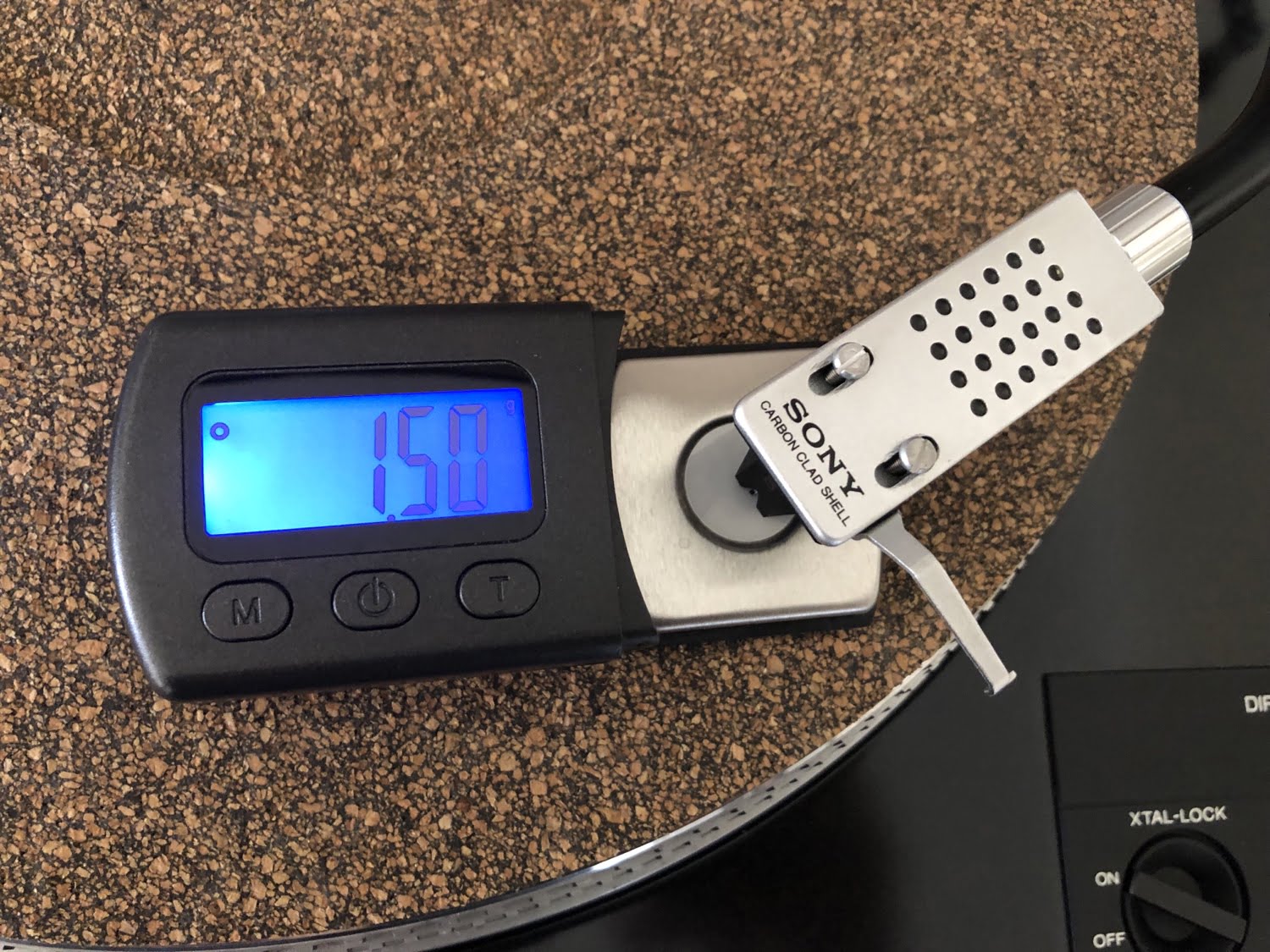

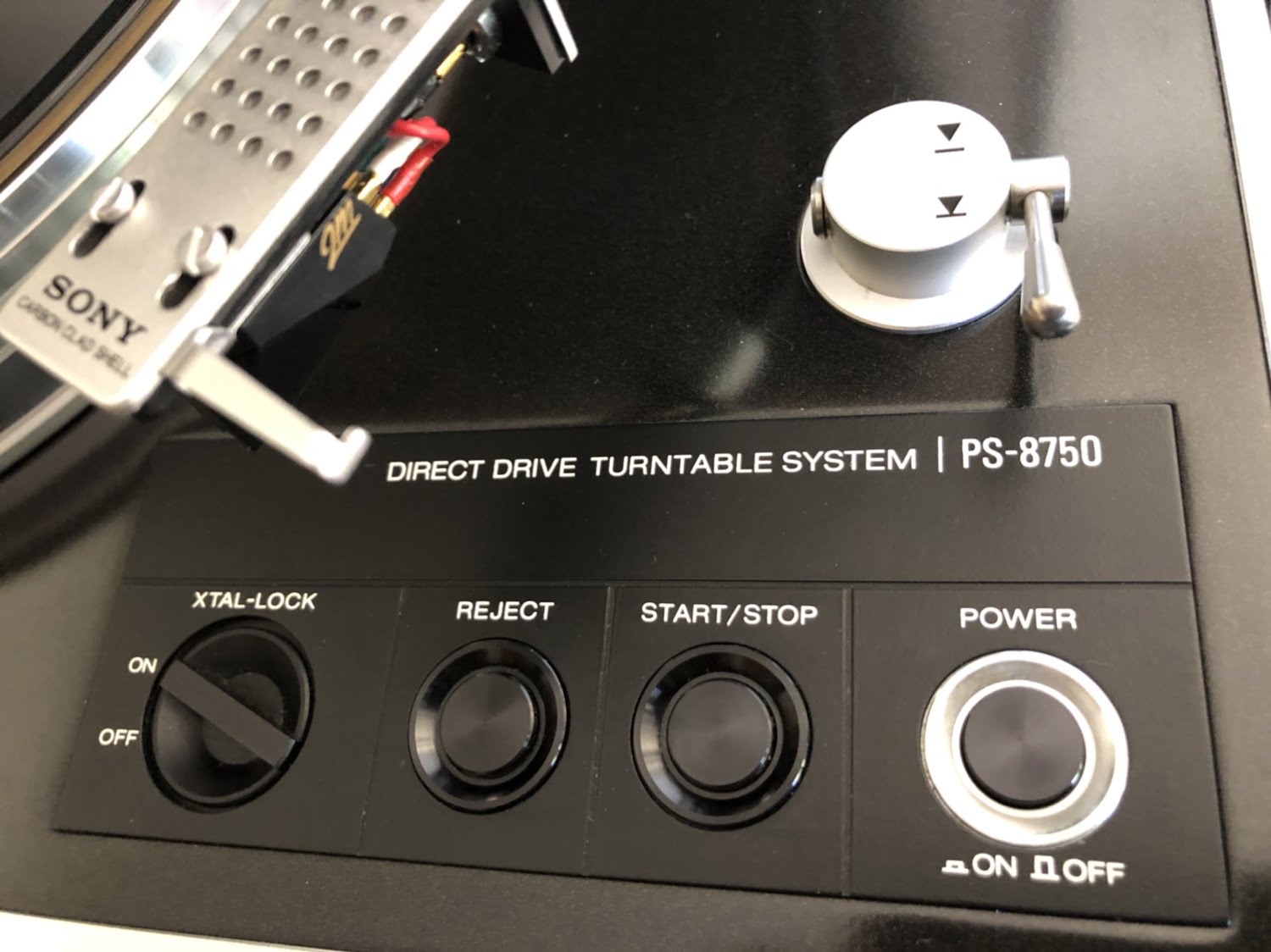
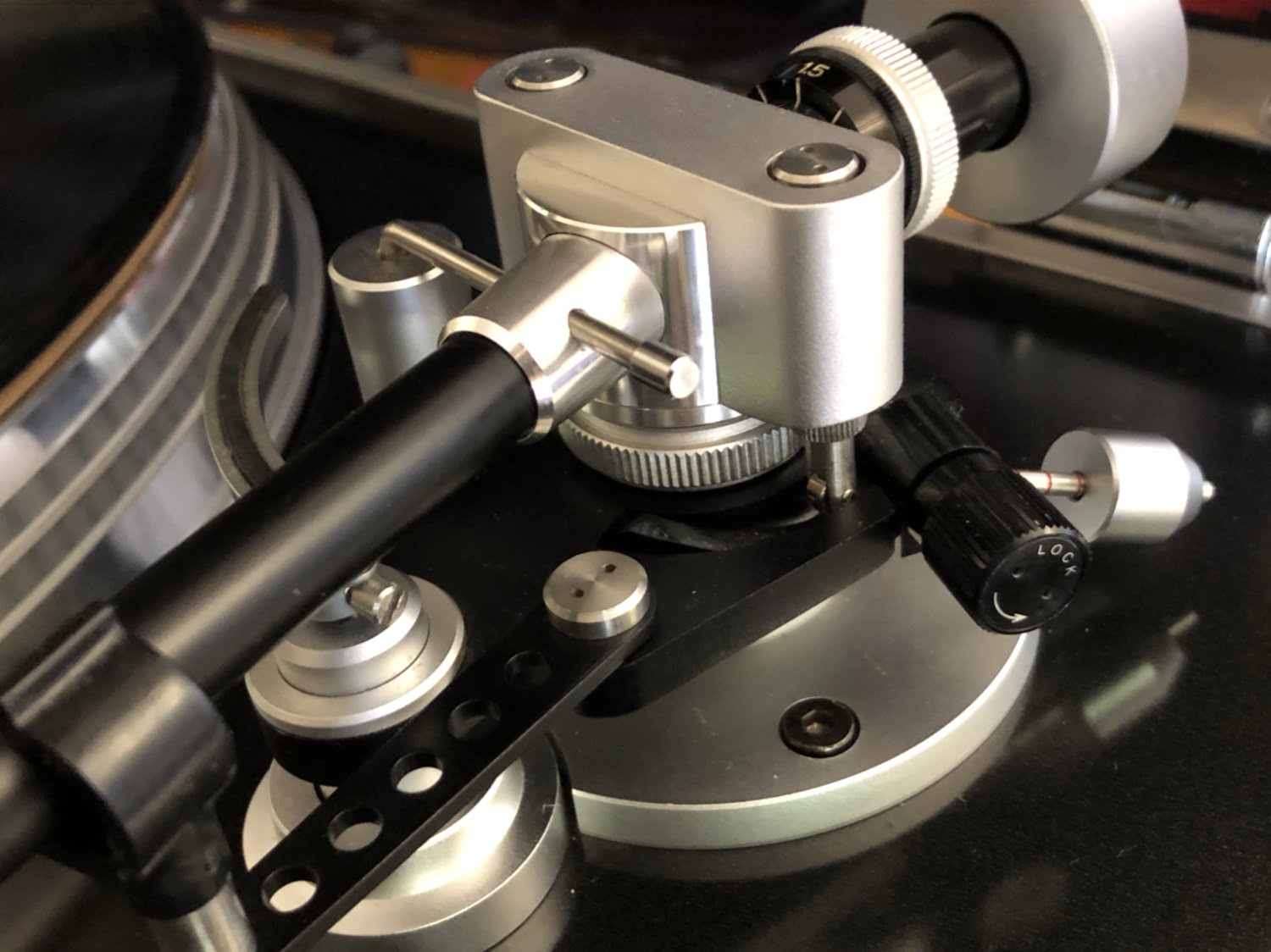
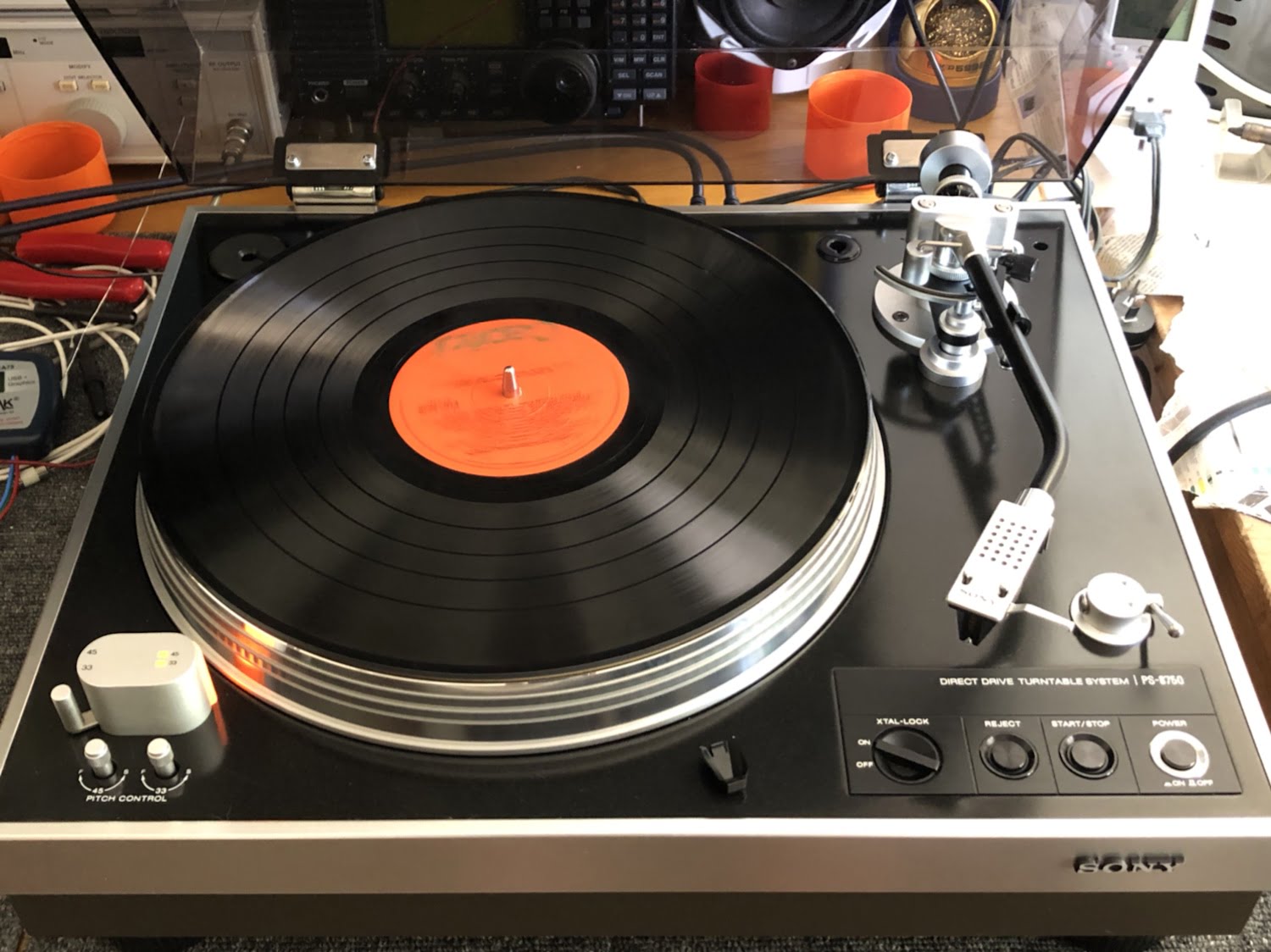
Sound & Final Thoughts
So people have been asking me what I think about this beautiful Sony PS-8750. I honestly think it’s a wonderful machine. I listened to this one several times while I was testing her and she sounded fantastic.
Immediately obvious to me, fitted with a new Ortofon 2M Black cartridge + Shibata stylus and quality new headshell wires, is the air, space and detail present. The cartridge/deck combination has a lovely relaxed sound to it, with great depth and scale. This is likely to be a non-fatiguing combination over the longer term and the sound will only improve as the cartridge breaks in.
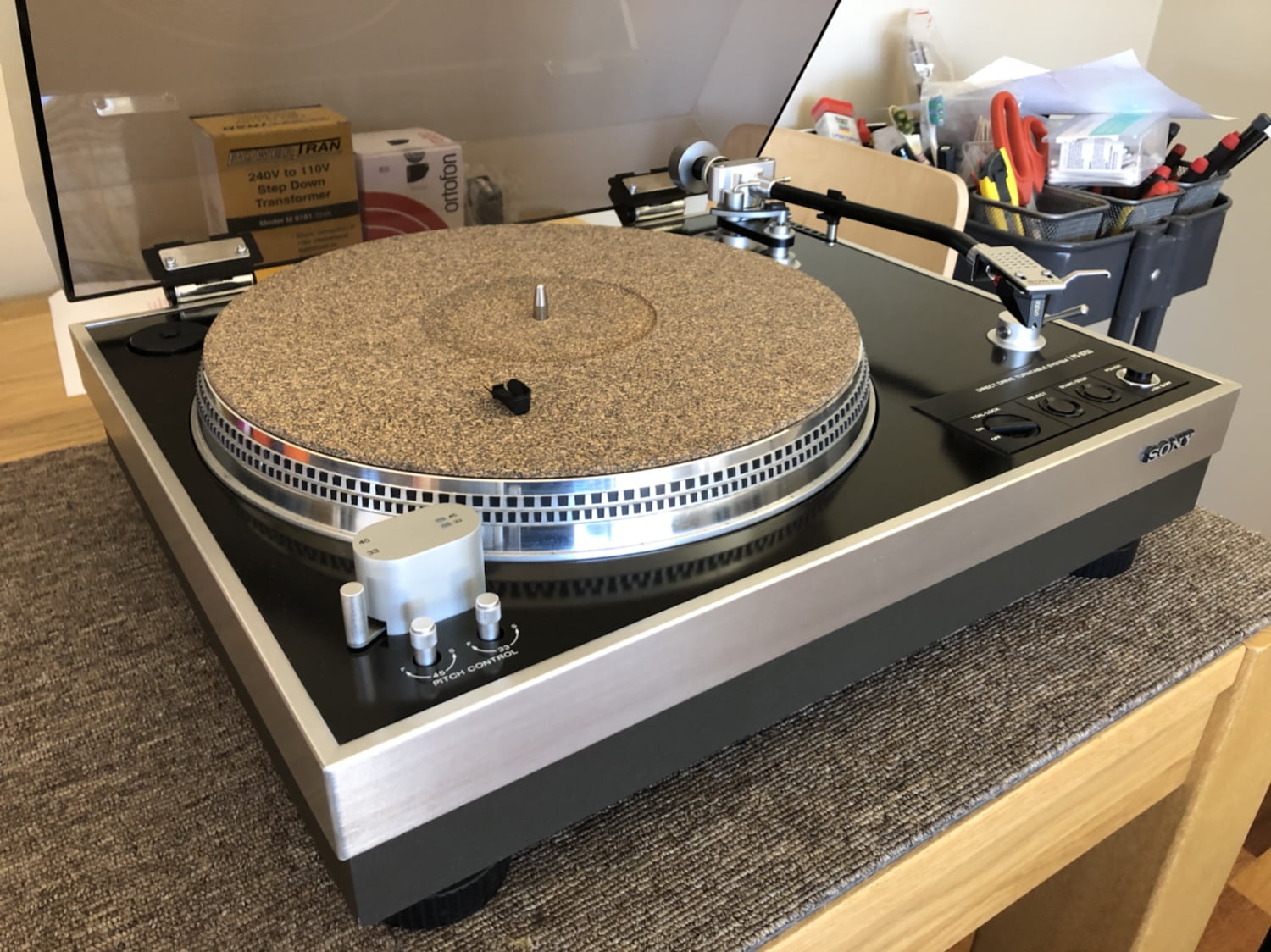
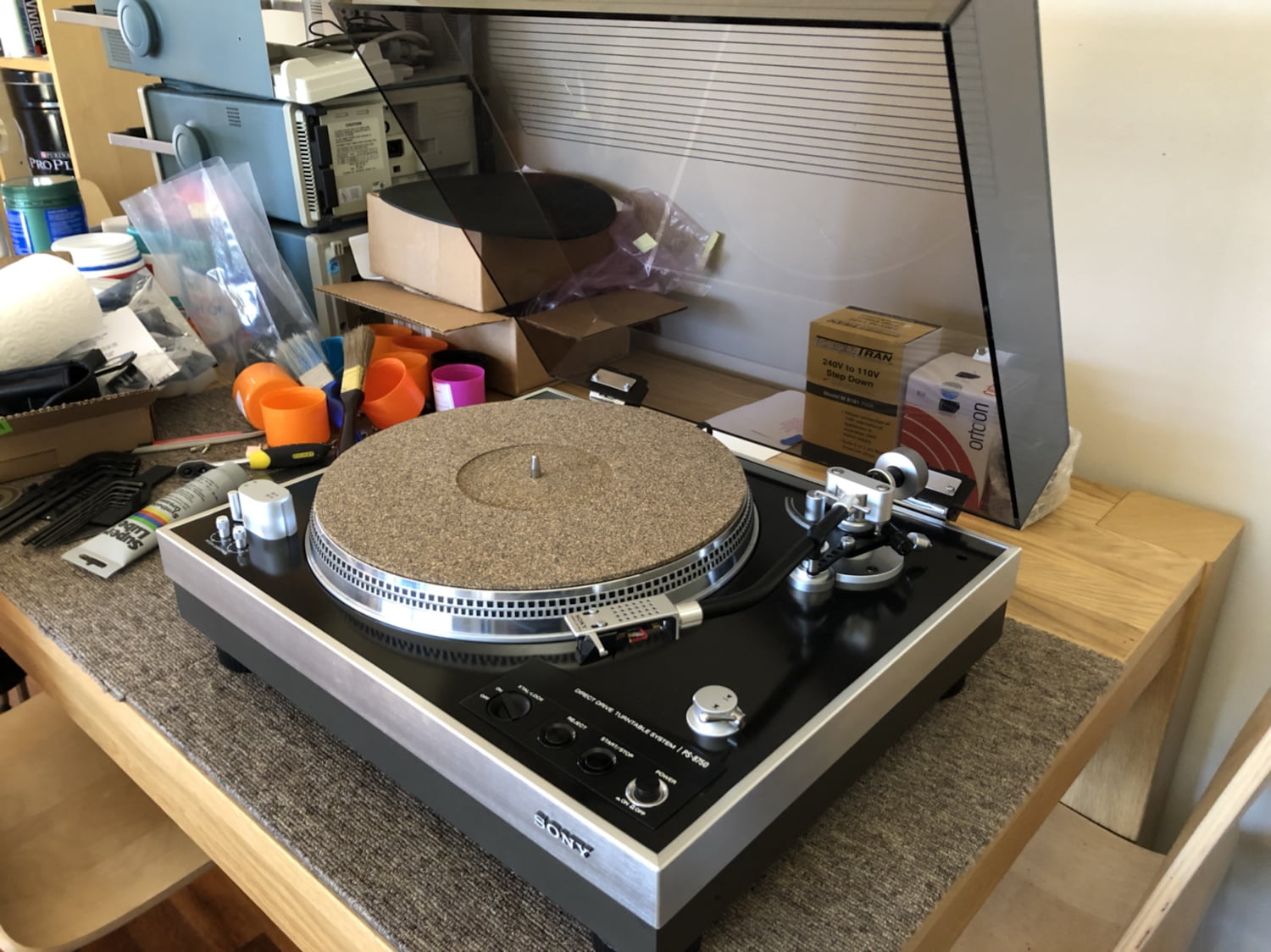
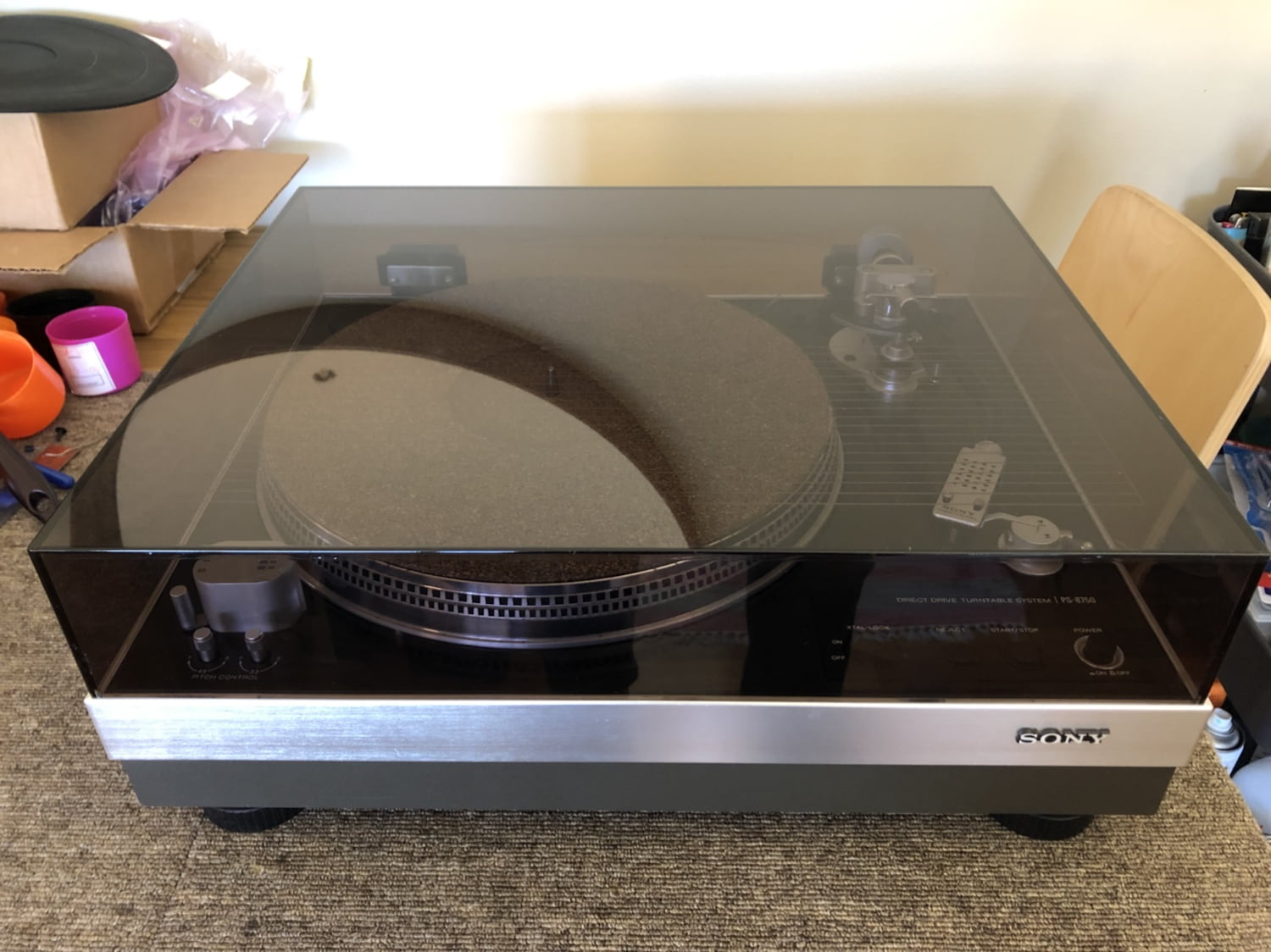
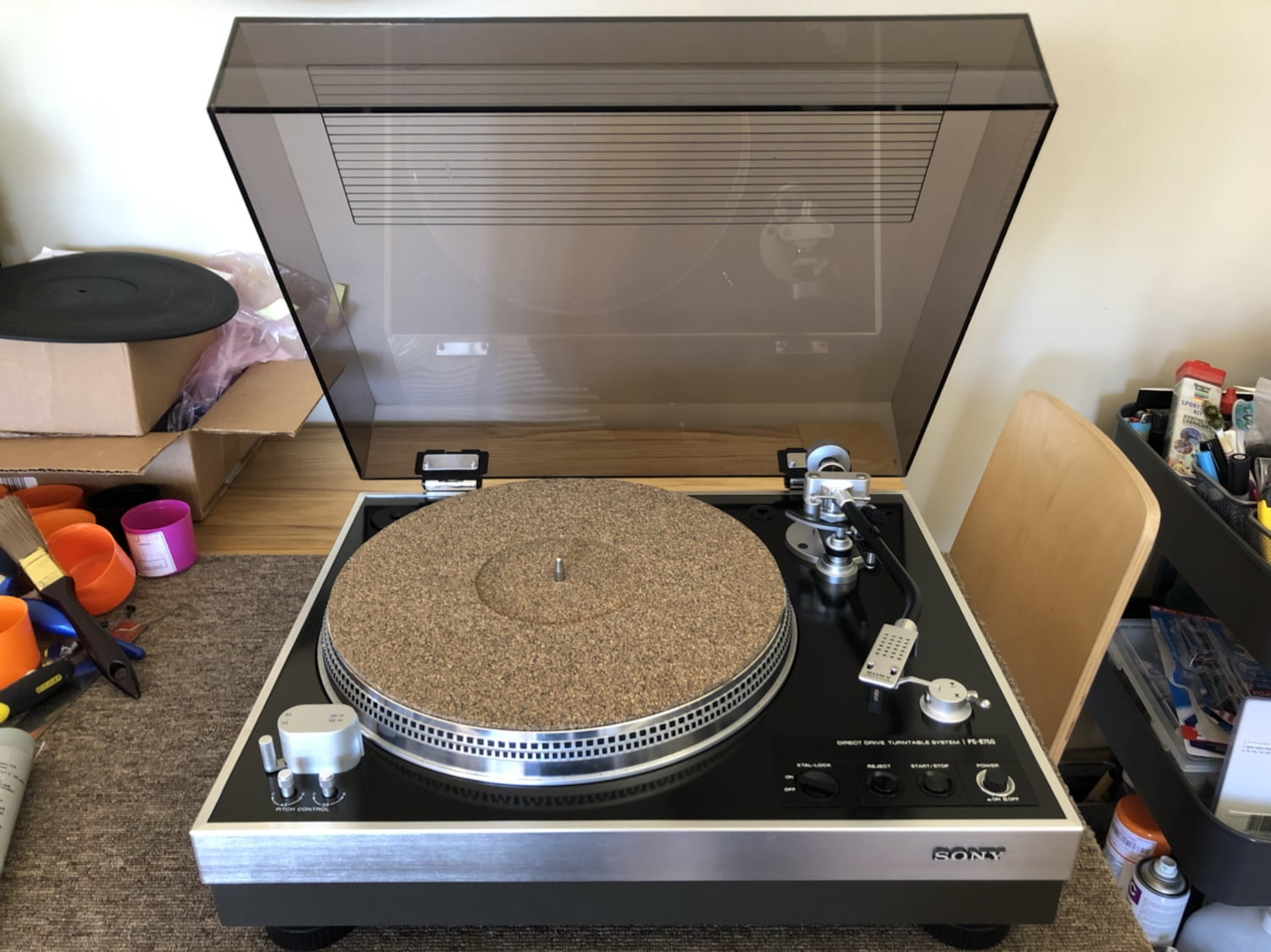
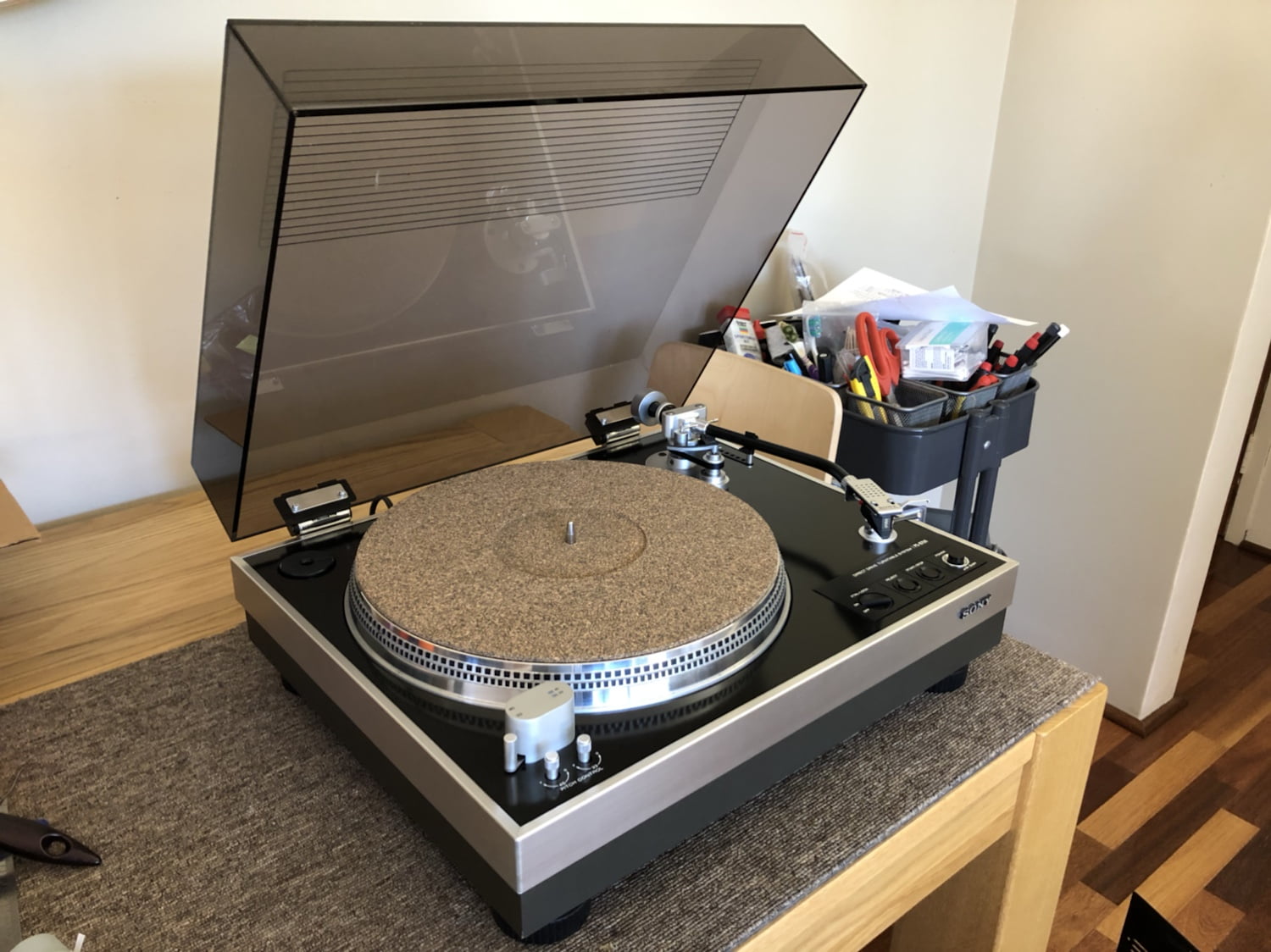
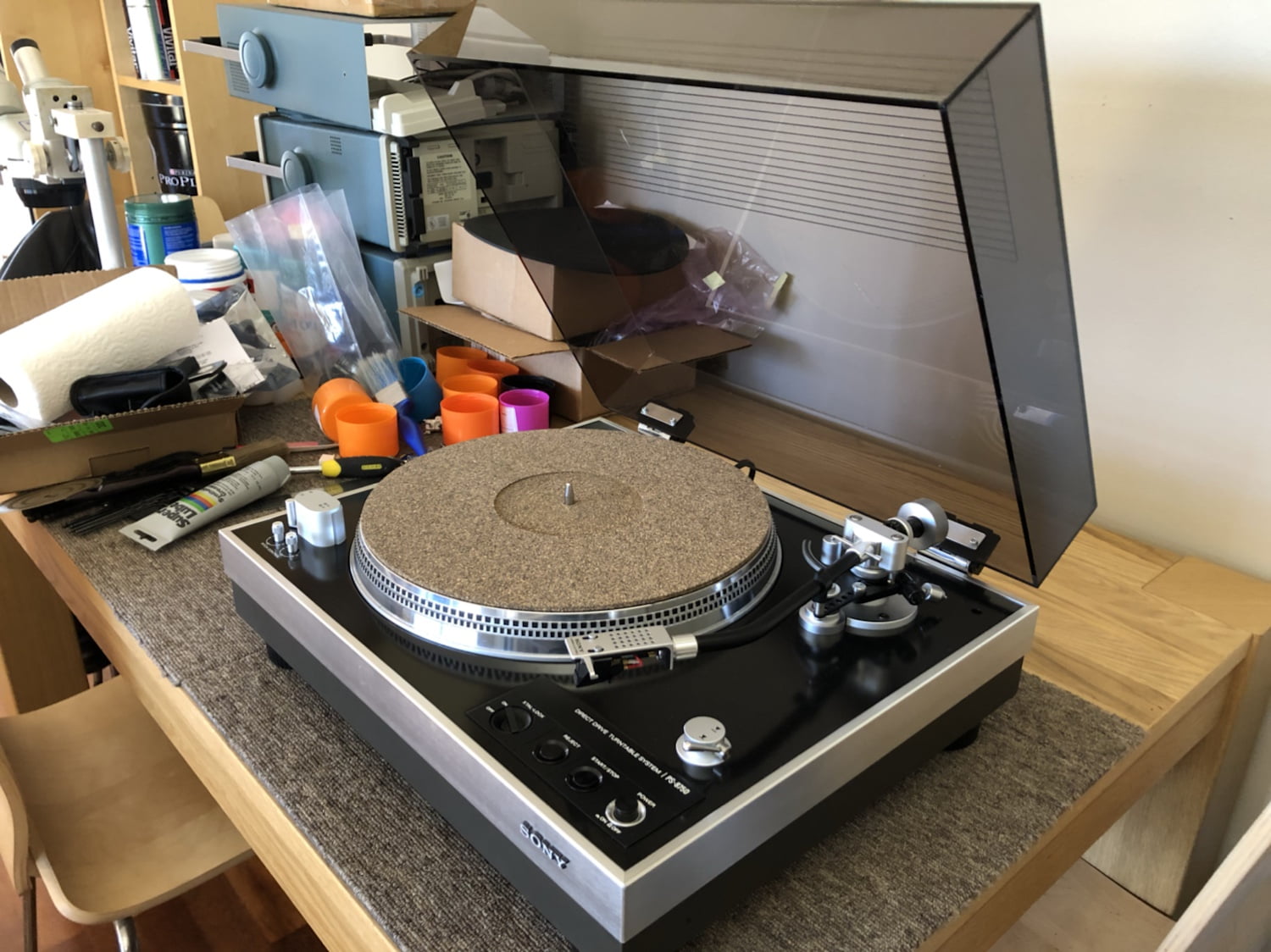
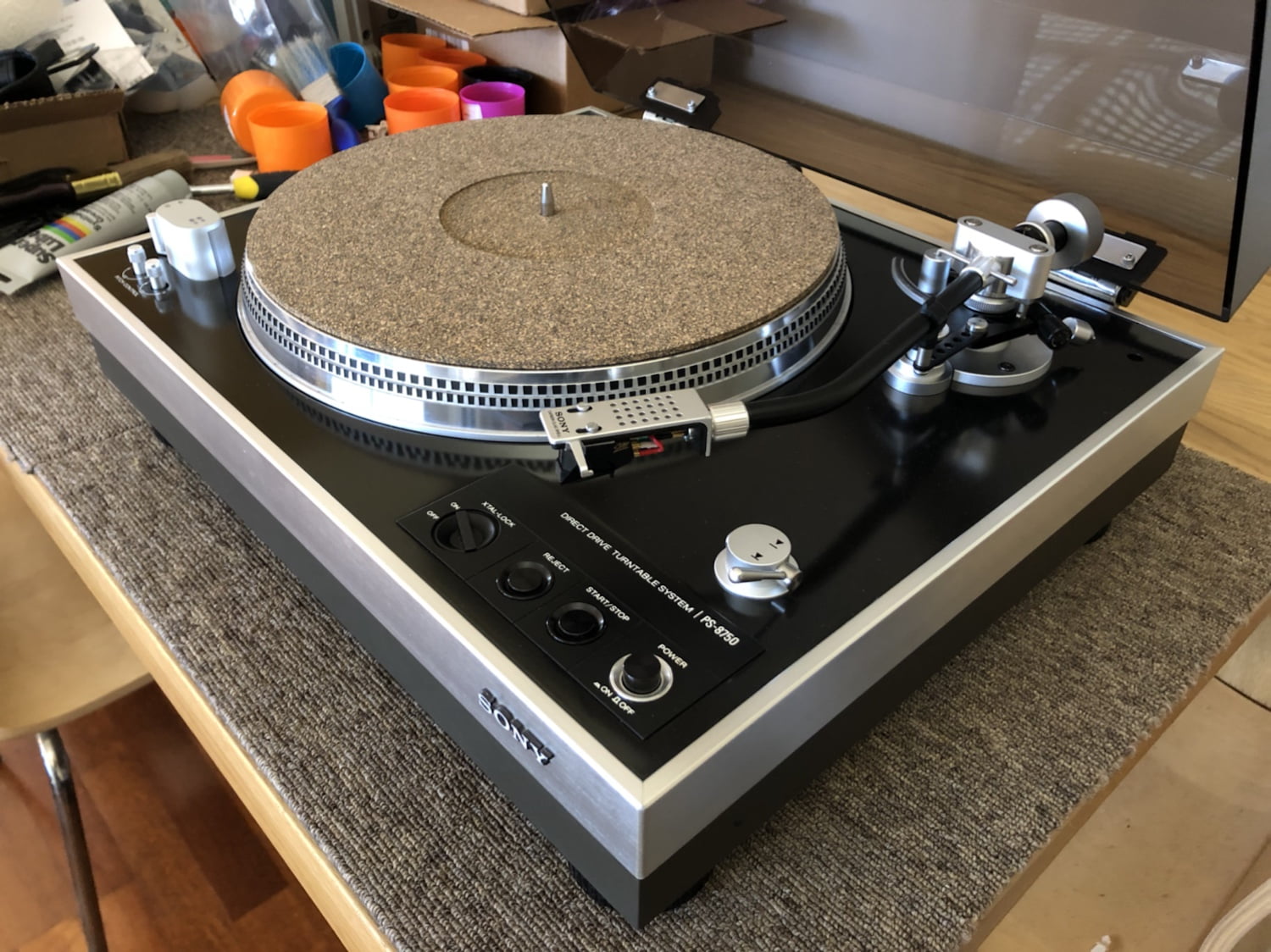

The arm is very adjustable to suit the cartridge you use with it. Azimuth, arm height, arm lifter, lateral weight and of course the standard adjustments are all possible with this deck, and you need them to get the most out of a good cartridge. In terms of the deck itself, for me, it’s an absolute winner in terms of looks, sound and value.
I’m not sure what these decks go for now, but if you could get one for say $1500 – $2000AUD and spend a little on a nice cartridge and careful service and set-up, you’d have a heavy-hitting turntable. Nothing new at these prices comes even close. When you factor in the engineering and tactile quality of the Sony PS-8750, with such smooth and solid-feeling controls and switches, it has few peers stylistically and sonically. I’m sure her owner will be very happy to have her home!
If you’d like me to look over your Sony PS-8750, or any other turntable, don’t hesitate to get in touch!
Discover more from LiQUiD AUDiO
Subscribe to get the latest posts sent to your email.

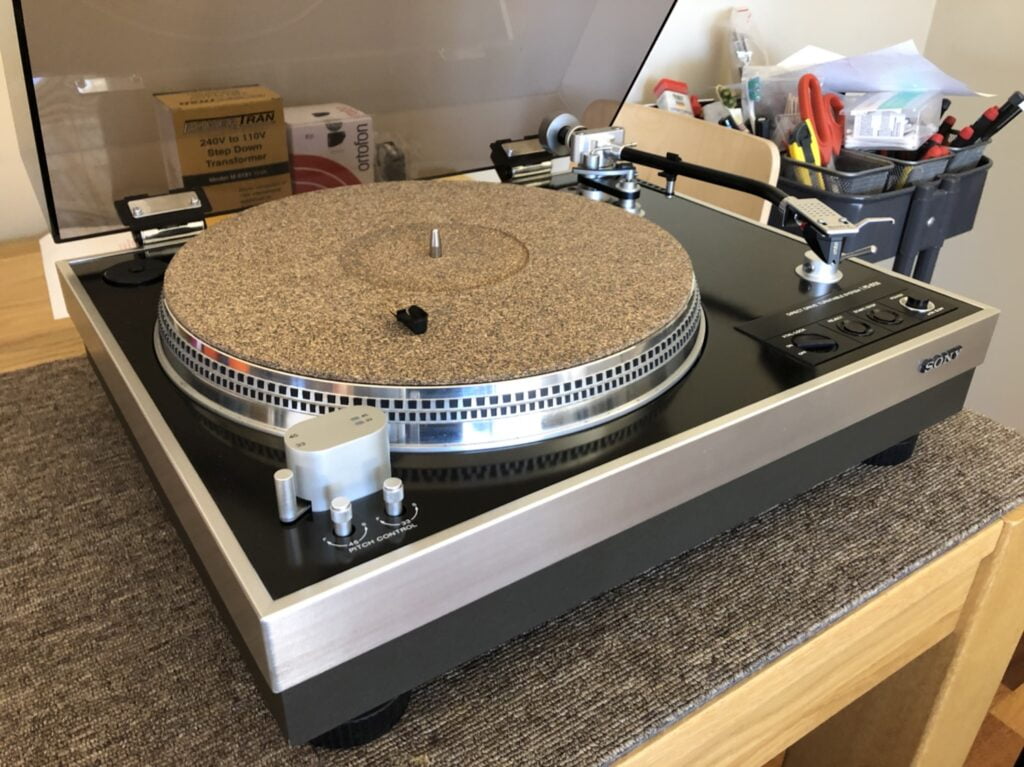
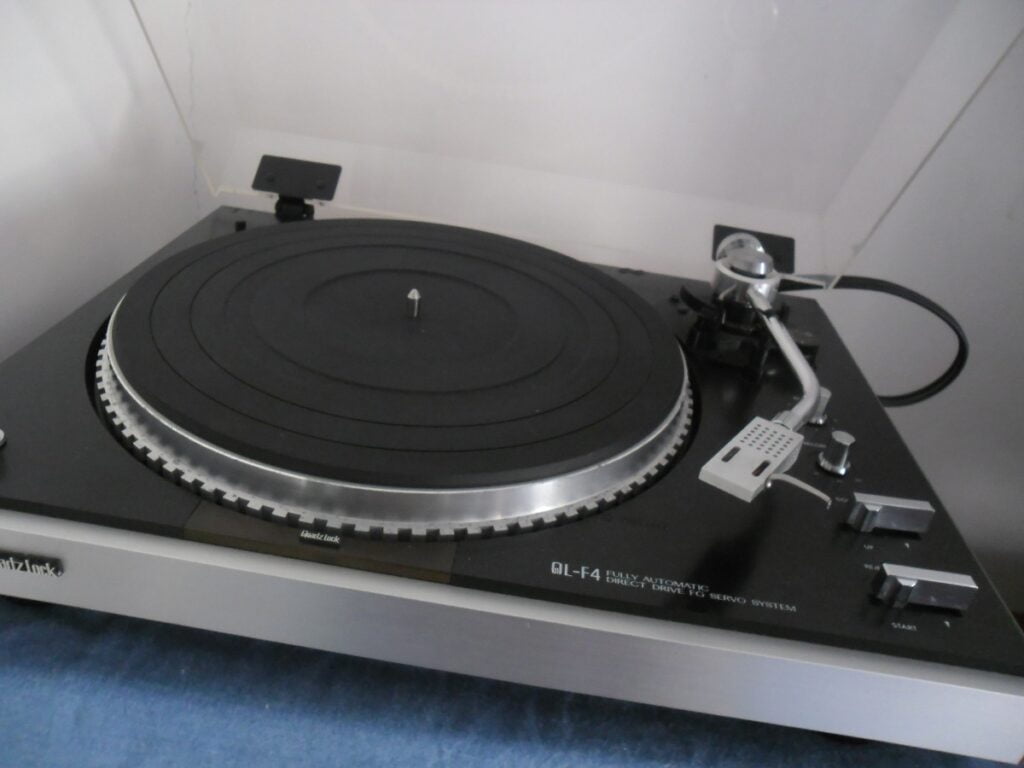
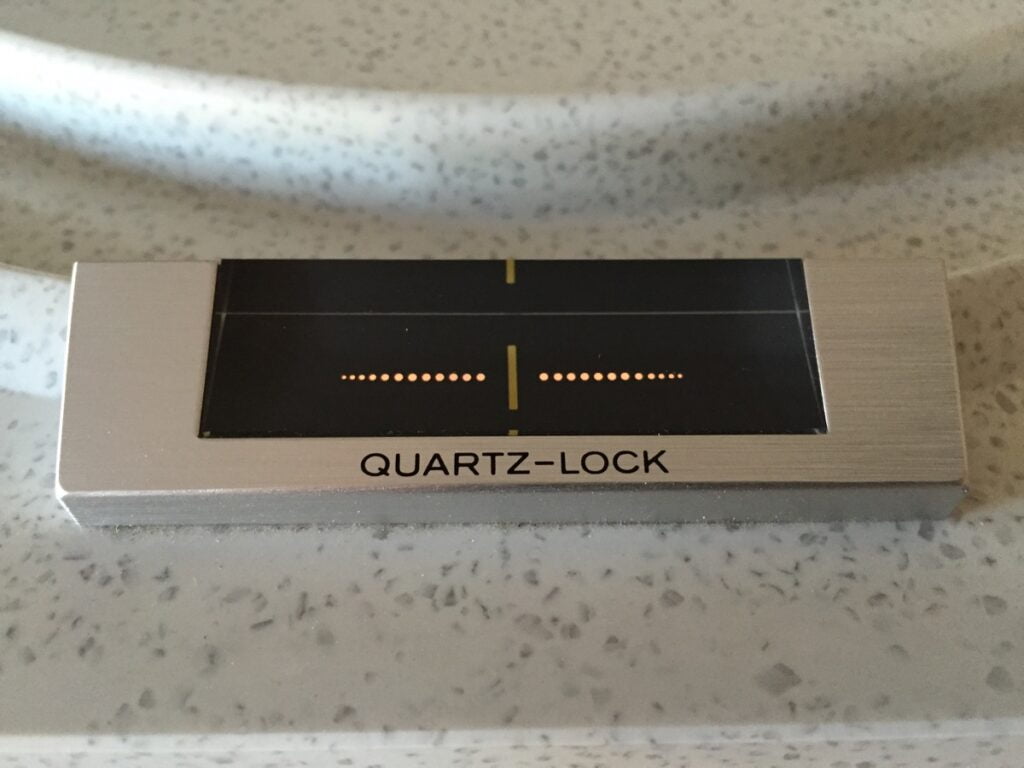
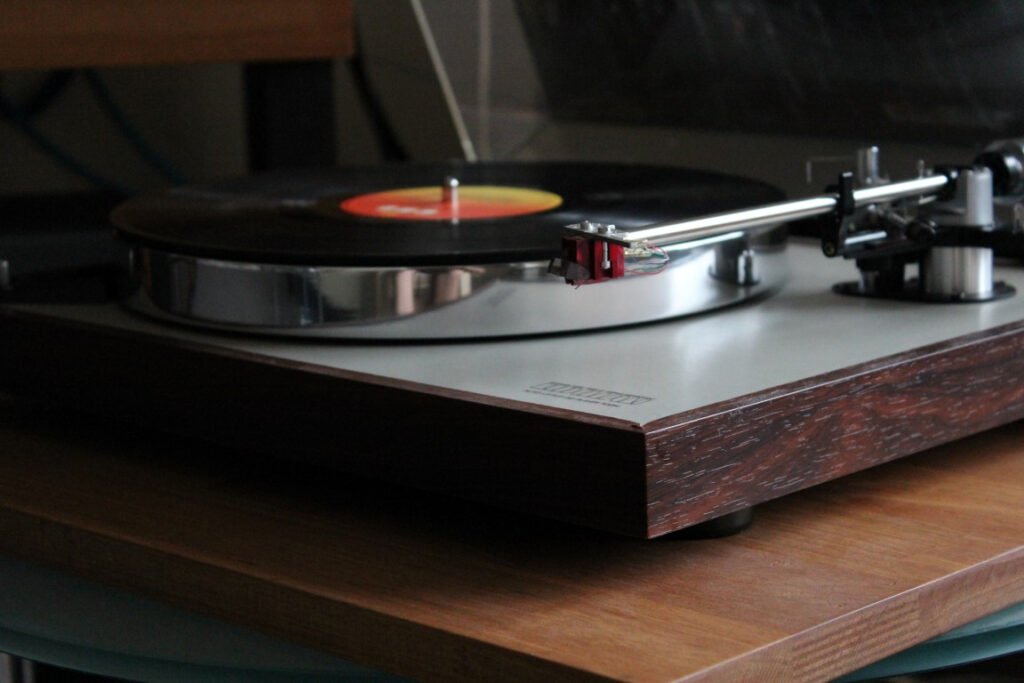
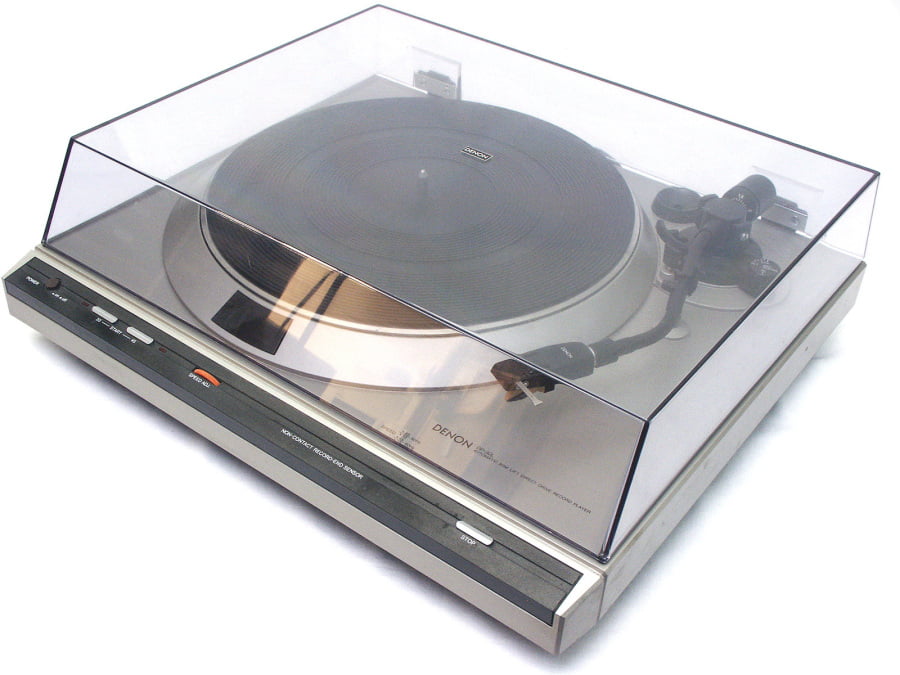
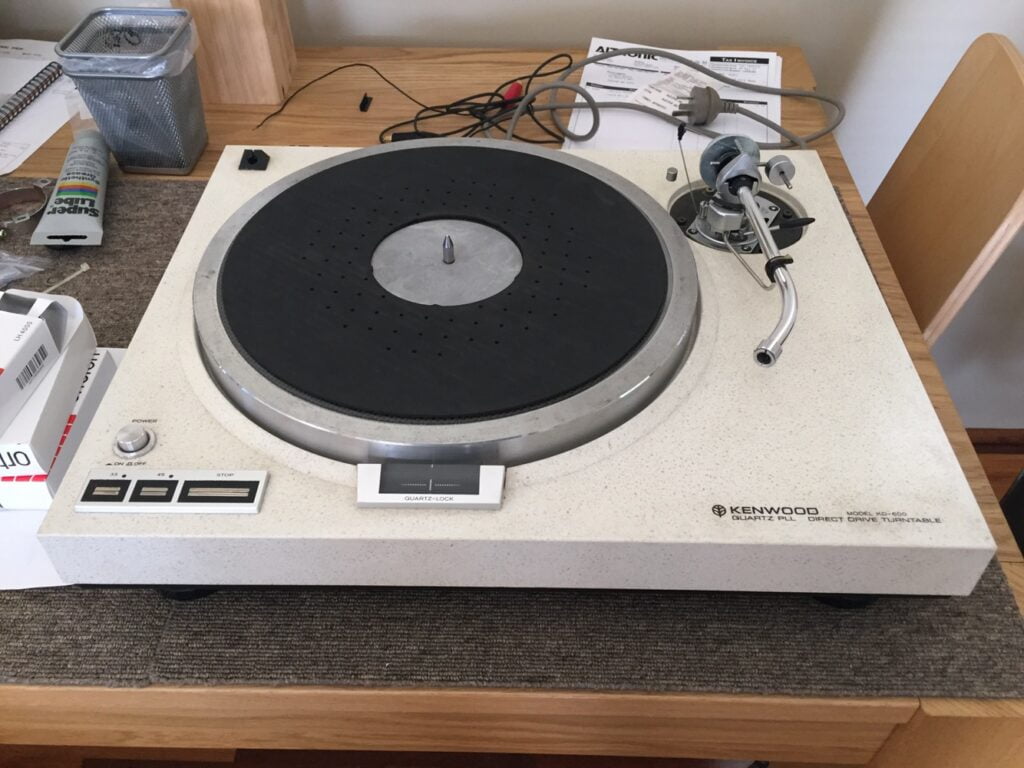
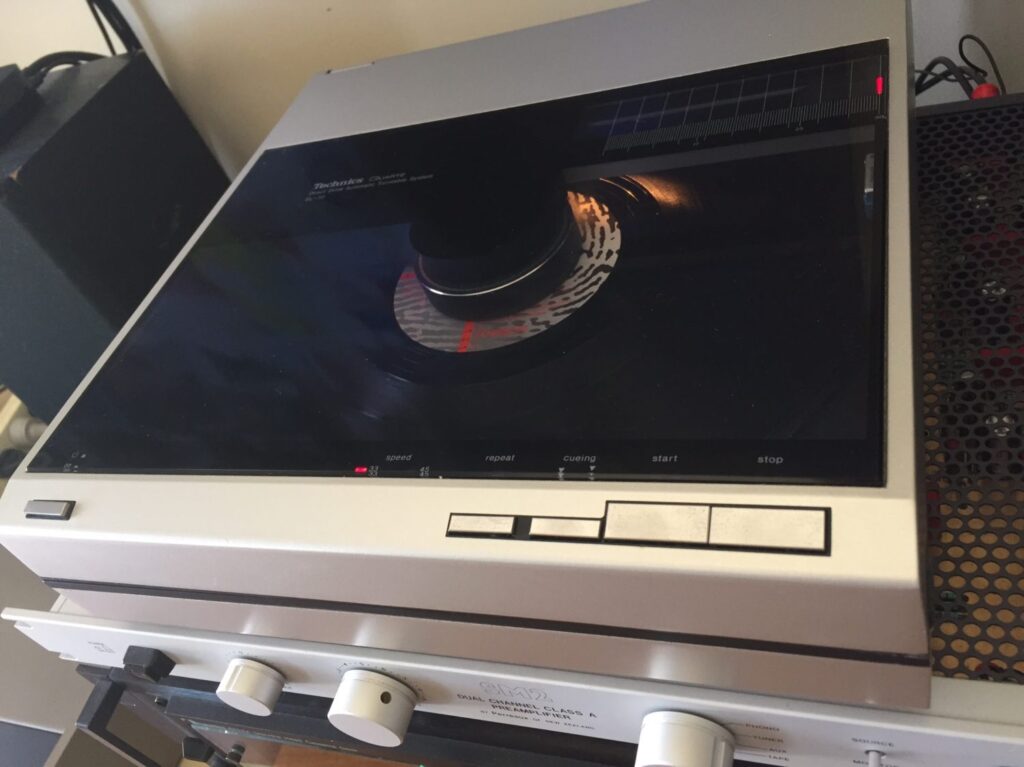
says, ‘For truth, justice, & the aural way, audio repairs by Liquid Audio. Lash it to transcend it!’
Yet another fascinating repair/review of a classic deck from the Golden Age of Analogue audio.
So nice to see someone take pride in their work and sharing the passion of lovely sounding audio from yesteryear.
Thanks so much Simon, much appreciated and really glad you liked the article!
Does the PS8750 have a coreless motor, as it appears to do, in some photos I have seen elsewhere?
Hi Lew, good question, the motors in decks like these are usually brushless, coreless and slotless, but I can’t recall specifics for this deck. Lovely decks in every way though, a real beast of a machine, just beautifully made.
Wonderful images, thanks for sharing! I’m looking into buying one myself. I was wondering how much time and effort went into repairing the quartz lock circuit.
Thank you, much appreciated. I highly recommend the PS-8750, I’ve repaired a couple more since then and mostly gotten my head around the issues with these machines. There’s some unit-to-unit variation, but each one I’ve worked on has needed a good few hours and some specialist knowledge to get it running nicely again.
Just came across this repair. I left an email message about my beloved turntable gifted to me when I was 15 by a mad hi fi lover. Would so love to get it working again.
Hi Mark, thanks for your comment. I’ve repaired a few of these lovely decks, including a couple deemed unrepairable, and would be happy to look at yours, too. I’ll respond to your email and we can go from there.
Just came across this great site today. I sold this turntable at a high end store whilst in university. I also sold its predecessor, the venerable Sony PS-X7. It had a much simpler design, but it had the BMC plinth, a carbon fibre tone arm, the unique oil-filled mat, AND it had oil-filled feet that were better than the feet on the PS-8750. All of us at the shop thought it sounded better than the PS-8750, and it also sounded better than the Linn LP-12’s we were selling!
Hi, thanks for stopping by, I’m glad you discovered my site and enjoyed that article! There’s a ton more vinyl content if you click a few topics/tags, it’s still my largest equipment category I think. You are quite right, the PS-8750 and PS-X7 are superb decks and like so many other wonderful Japanese machines, often overlooked in favour of machines the British press pushed especially. Marketing pressure is a very real thing in this industry and something I’ve pushed against for years. The scandal of how the LP-12 and others became so popular, given the alternatives available but largely kept secret, never ceases to amaze me!